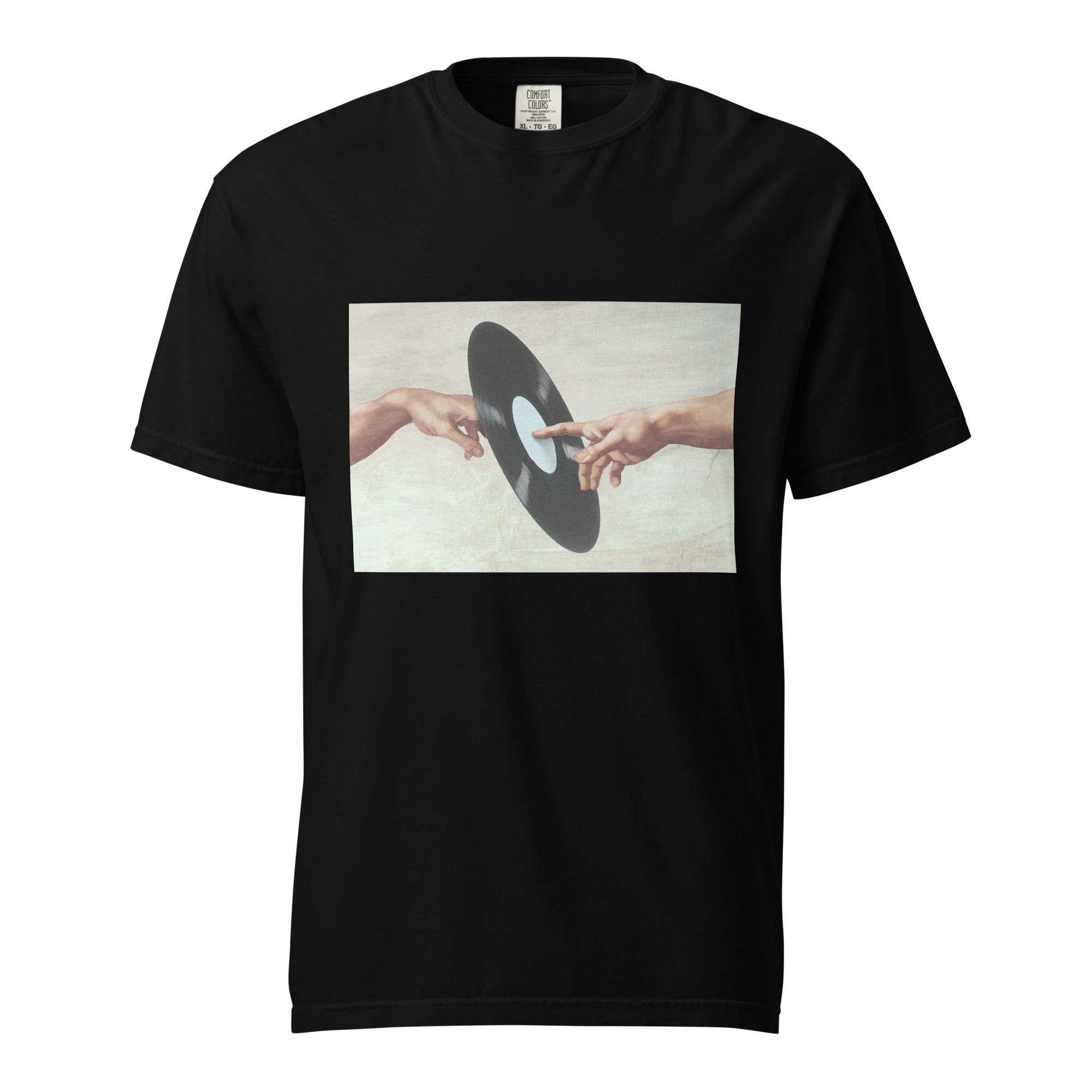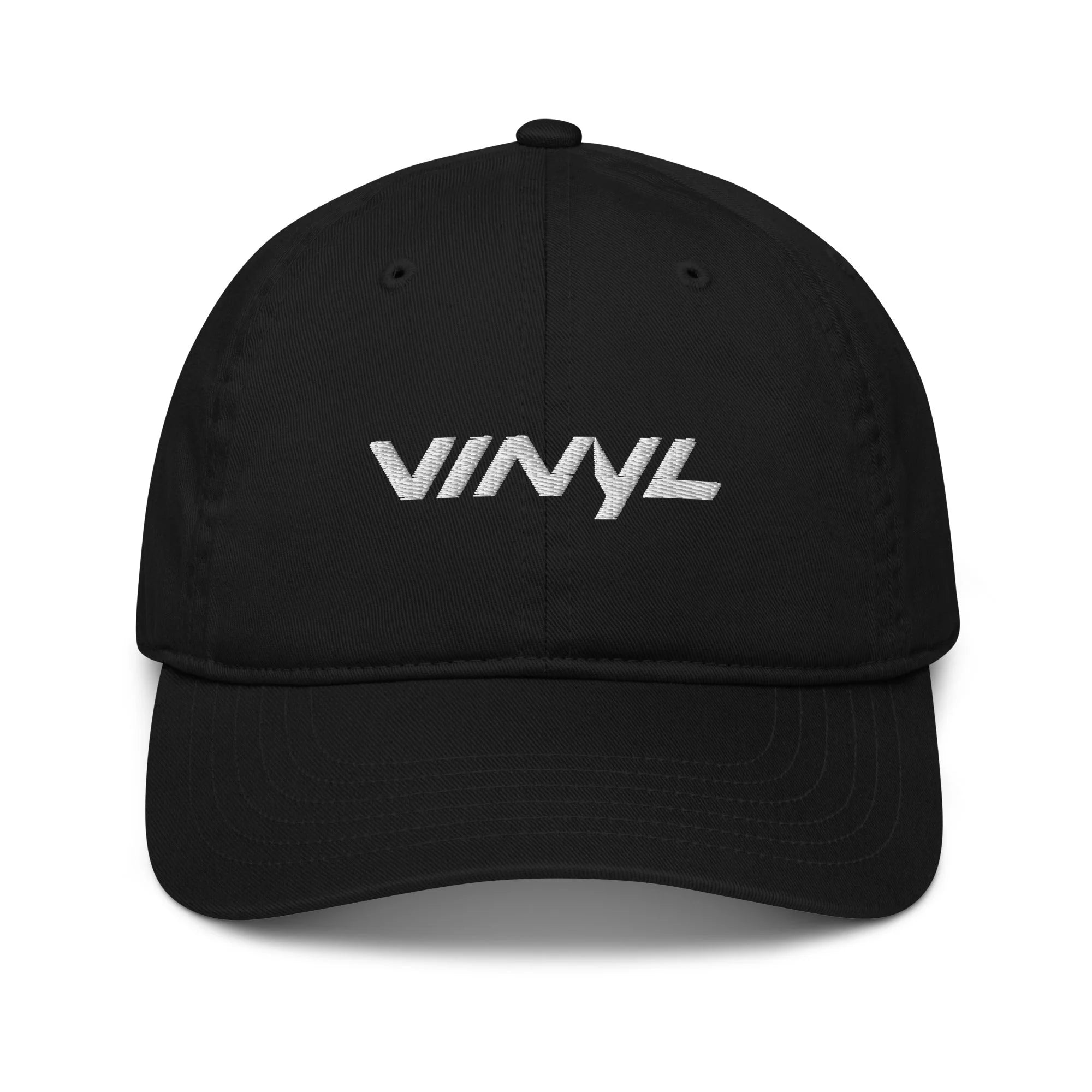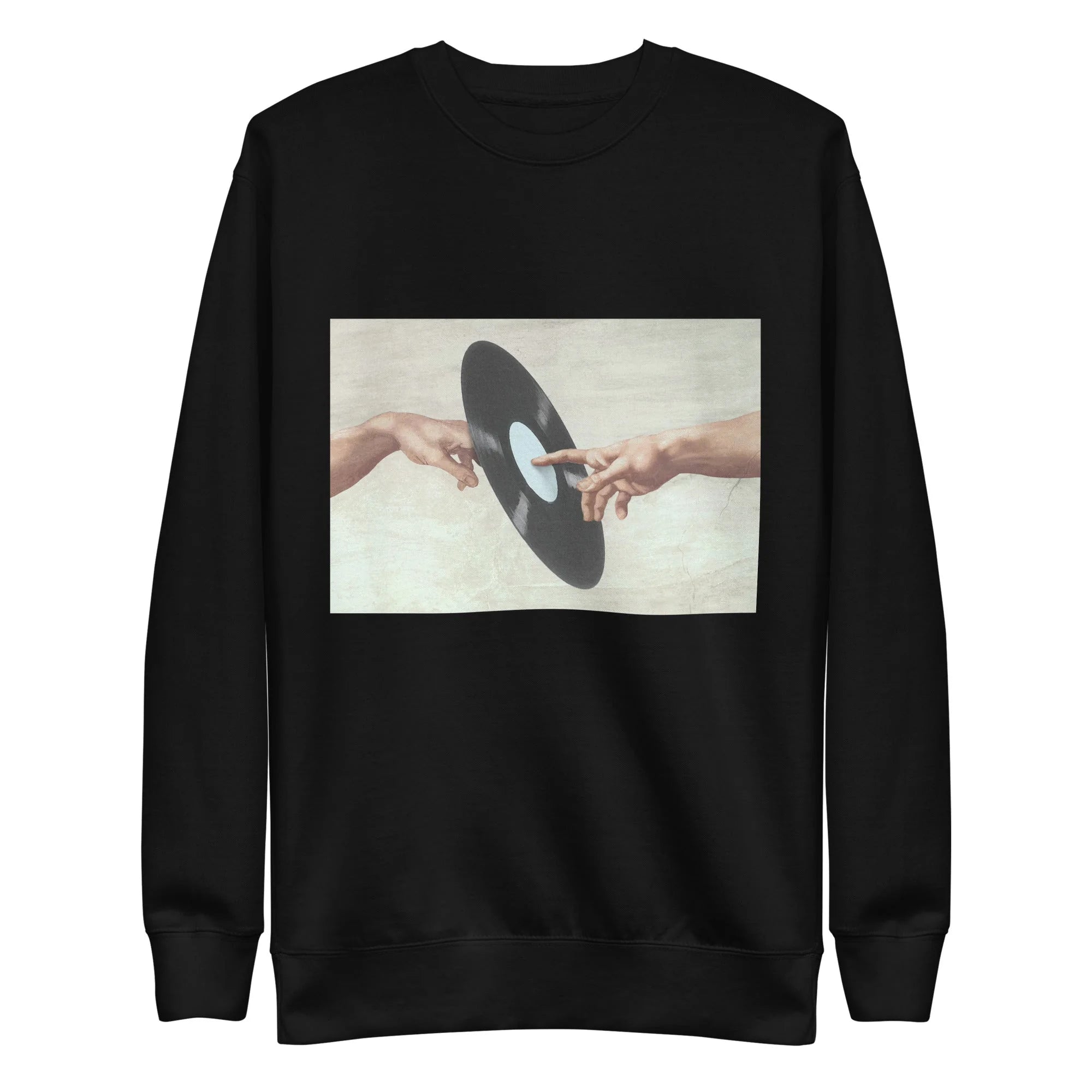The crackle of a needle drop, the rich, warm sound, and the flipping of a record are experiences that define generations. Vinyl records are not just music carriers but cultural icons that have withstood the test of time. Their grooves carry the weight of history, each one a testament to the impact of vinyl records in music history. This blog post will explore the deep roots of vinyl in the music landscape, unravel its cultural significance, and celebrate its enduring legacy in the music industry. Join us on a journey through the past, into the golden grooves of yesterday and the high-definition streams of today, as we rediscover why vinyl remains so cherished in our digital age. The historical journey of vinyl records in music mirrors the evolution of modern culture. Each era's soundtrack was pressed into vinyl, capturing the essence of societal shifts, technological advancements, and musical revolutions. It's a rich history that spans from the swing of the '30s, the rock and roll of the '50s, to the bold experiments of the '70s, and beyond, painting a picture of our collective past through melodies and rhythms.
The Revolution of Music Consumption
The advent of vinyl records marked a transformation in the way music was consumed, shared, and enjoyed. This shift not only changed the industry but also profoundly affected society as a whole, influencing everything from social movements to individual listening habits. When vinyl records first hit the market, they revolutionized mass music production. This medium allowed for the wider dissemination of music, making it accessible to the general public like never before. Suddenly, artists could share their music far beyond the confines of live performances, reaching audiences nationwide and even globally. The mass production of vinyl facilitated a new form of cultural exchange, where music became a commodity that could be enjoyed in the comfort of one's home.
Vinyl records changed listening habits drastically. Families gathered around the phonograph, and teenagers retreated to their rooms to immerse themselves in the latest album releases. The concept of an album as a complete artistic statement emerged, with listeners experiencing tracks in the sequence the artist intended. This new way of listening fostered a deeper connection with the music, making it a personal, intimate experience.
The distribution of music saw a significant transformation with the introduction of vinyl. Albums and singles could be produced in bulk and shipped worldwide. Record stores became cultural hubs where people discovered new music and discussed the latest trends. The vinyl record store itself became an iconic institution, a place where one could sift through bins of records, discovering hidden gems and new favorites. With vinyl, music became democratized. It was no longer just the wealthy or those in urban centers who had access to the latest tunes. Vinyl allowed people from all walks of life to own a piece of musical art. This democratization also gave rise to new genres as artists from various backgrounds could record and distribute their music, leading to a rich diversity of sounds and styles.
The Golden Age of Vinyl Records Explored
The mid-20th century heralded what many consider the 'Golden Age' of vinyl records, a period where their influence was unmatched in the realm of music and beyond. This era saw vinyl records not just as a medium for music but as a catalyst for cultural and social change. The 1950s and 60s witnessed the explosive rise of rock 'n' roll, an era defined by iconic albums pressed on vinyl. Records by artists like The Beatles and Elvis Presley didn't just push the boundaries of music; they shaped a generation's identity. The vinyl record was the vehicle that brought the energy and rebellion of rock 'n' roll into homes around the world, setting the stage for the counterculture movements that would follow. There are practices and experiences associated with collecting vinyl records, including tips for new collectors, popular genres, must-have albums, and proper maintenance and storage.
Vinyl records were not only popular for their sound but also for their role in musical experimentation. The format allowed artists to explore longer, more complex compositions, leading to the creation of concept albums that told stories and conveyed deeper messages. This medium also gave rise to innovative recording techniques, including multi-tracking and new forms of production that enhanced the sonic landscape of music.
The impact of vinyl on cultural movements was profound. The records of the 1960s and 70s provided the soundtrack to social change, from civil rights marches to anti-war demonstrations. The music pressed on these records became anthems for peace, love, and revolution, and the physicality of vinyl made them tangible artifacts of these movements, passed hand to hand and played in gatherings that united people. Throughout the 20th century, vinyl records' influence on popular music genres was undeniable. Jazz, blues, soul, and funk all flourished on vinyl, with albums becoming a form of expression for marginalized voices. The medium allowed diverse genres to flourish and provided a platform for artists to reach wider audiences, influencing the trajectory of music and giving rise to new subcultures and music scenes.
The Decline and Resurgence of Vinyl
Vinyl records have seen both the peak of their popularity and what seemed like the onset of their obsolescence. Yet, their story is one of resilience and revival, reflecting their enduring appeal and adaptability in the changing landscape of music consumption. By the late 1980s and early 1990s, digital formats began to dominate, with CDs offering a new level of convenience and durability. The compact disc was marketed as a superior alternative, promising clearer sound without the pops and cracks of vinyl. As a result, vinyl production decreased, and record stores started clearing out their vinyl sections to make room for CDs. This shift was not just technological but cultural, as the tactile experience of music was replaced by the sleek, shiny disc that could be easily skipped and shuffled.
Despite the dominance of CDs, vinyl records never entirely disappeared. They remained cherished items for collectors and audiophiles, symbols of nostalgia, and emblems of audio purism. The analog sound of vinyl, with its warmth and depth, continued to be revered for its authenticity. In the minds of many, vinyl captured the essence of the recording studio, a raw and unfiltered representation of the artist's vision. The 21st century has seen a remarkable resurgence in vinyl popularity, often referred to as the vinyl renaissance. This revival is fueled by a desire for a more authentic and engaging listening experience. Records that had been gathering dust are now churning out records again to meet the demand. Music enthusiasts are returning to vinyl for its auditory and aesthetic appeal, and new generations are discovering the joys of crate-digging in vinyl record stores. The impact of vinyl records on music production, including the use of analog sound, the creative processes of artists, and their effect on album production methods, is crucial.
The reasons behind vinyl's modern revival are multifaceted. There's a growing appreciation for the ritual of playing a record. Setting the needle down, flipping the sides, and inspecting the artwork and liner notes. For younger listeners, vinyl offers a break from the ephemeral nature of digital media, a physical connection to music in a streaming age. Moreover, vinyl has become a statement of taste and a declaration of dedication to the art of music, resonating with those who seek a more immersive and hands-on experience with their favorite albums.
Economic Impact and Market Trends
The economic landscape surrounding vinyl records has shifted dramatically in recent years, reflecting not only changing consumer preferences but also broader market trends. As vinyl has re-emerged as a sought-after medium, its impact can be seen across sales figures, independent businesses, manufacturing infrastructure, and the dynamic buying and selling marketplace. Below, we explore the key economic aspects that define vinyl’s current role in the music industry.
- Resurgence in Vinyl Sales: Vinyl records have experienced a remarkable comeback, with sales increasing steadily year over year. In recent times, vinyl has even surpassed CDs as the dominant physical music format in several markets. This resurgence is driven by both nostalgia and a new generation of listeners seeking a tangible music experience. As a result, vinyl sales now represent a significant share of music industry revenues, signaling a robust and enduring market for physical music formats in the digital era.
- Flourishing of Independent Record Stores: The renewed interest in vinyl has breathed new life into independent record stores, many of which had struggled during the rise of digital music. These stores have become vibrant community hubs, offering curated selections and fostering connections among music enthusiasts. Increased foot traffic and sales have allowed many independent shops not only to survive but to thrive, supporting local economies and preserving a unique retail culture that is closely tied to the resurgence of vinyl.
- Manufacturing Challenges Amid Growing Demand: The rapid growth in vinyl demand has exposed significant manufacturing challenges. Decades of declining production left a limited number of pressing plants and outdated equipment, resulting in bottlenecks and long wait times for new releases. Recent efforts to expand and modernize pressing facilities have helped, but supply chain issues and the need for skilled labor continue to pose obstacles. These challenges highlight the complexities of scaling up production in response to a sudden and sustained surge in popularity.
- The Dynamic Buying and Selling Market: The vinyl marketplace is characterized by its diversity and dynamism. Collectors and sellers navigate a landscape where rarity, condition, and demand can dramatically influence prices. Both brick-and-mortar stores and online platforms play crucial roles, offering opportunities for buyers to discover rare finds and for sellers to reach global audiences. The market’s vibrancy is fueled by special editions, limited pressings, and the enduring appeal of owning physical music, making vinyl both a cultural artifact and a valuable commodity.
It involves a thriving sales market, revitalized small businesses, evolving manufacturing infrastructure, and a lively marketplace for buyers and sellers. Vinyl’s continued success demonstrates its unique ability to adapt and remain relevant in the ever-changing music industry.
Consumer Behavior and Shopping Channels
The landscape of vinyl record shopping has evolved dramatically to accommodate both traditional enthusiasts and a new generation of collectors, offering diverse channels that shape the consumer experience. At the heart of this ecosystem are local record stores, which remain a cornerstone of vinyl culture. These brick-and-mortar shops offer more than just a place to buy music. They provide a tangible, immersive environment where customers can browse through curated selections, discover hidden gems, and interact with knowledgeable staff. The act of flipping through bins, inspecting album covers, and engaging in conversations with fellow enthusiasts fosters a sense of community that is unique to the in-person shopping experience. Many stores also host live performances, listening parties, and special events, further cementing their role as cultural hubs. For many, the ritual of visiting a local record store is as much about the social and sensory experience as it is about acquiring new music. The ability to physically inspect the condition of records, seek staff recommendations, and stumble upon unexpected finds adds an element of serendipity that online shopping struggles to replicate.
However, the rise of online record shops has significantly expanded access to vinyl, removing geographical barriers and broadening the selection available to consumers. Online platforms range from specialized vinyl retailers to large marketplaces, each offering extensive catalogs that span new releases, reissues, and rare collectibles. These digital storefronts provide detailed product descriptions, user reviews, and sometimes audio samples, empowering buyers to make informed decisions from the comfort of their homes. The convenience of online shopping is particularly appealing for those seeking specific pressings or hard-to-find albums that may not be available locally. Online shops often feature exclusive releases and limited editions, creating a sense of urgency and excitement among collectors. The ability to compare prices, access global inventories, and have records delivered directly to one’s doorstep has made online shopping an indispensable channel for many vinyl enthusiasts. Both local and online record shops play vital roles in the modern vinyl marketplace. While local stores excel in offering a personal, community-driven experience, online shops provide unparalleled convenience and selection. Many consumers now adopt a hybrid approach, enjoying the tactile pleasures of in-store browsing while leveraging the reach and efficiency of online shopping to round out their collections. This dual-channel dynamic has fueled the ongoing resurgence of vinyl, ensuring that the format remains accessible and relevant in an increasingly digital world. As a result, today’s vinyl shoppers benefit from more choices, deeper engagement, and a richer overall experience, whether they are seasoned collectors or newcomers to the world of records.
The Unique Qualities of Vinyl Records
The auditory and aesthetic appeal of vinyl records lies in their sound signature. Vinyl playback is often described as 'warmer' and more 'natural' than digital formats, with a greater dynamic range that can convey the subtleties of performance. The analog nature of vinyl captures the original sound waves of the music, offering a more faithful reproduction. This sound profile is not only technically different but also emotionally affecting, harking back to a time when music was less about convenience and more about the experience.
Engaging with vinyl is a tactile ritual. From the moment you slide out the record from its sleeve, place it on the platter, and drop the needle, there's a deliberate interaction that digital formats lack. This tactile and visual experience of vinyl records encourages active listening, where playing music is an event, not just background noise. It's a hands-on approach that requires attention and care, reinforcing the connection between the listener and the music.
The artwork and packaging of vinyl records have had a considerable impact on culture. Iconic album covers have become ingrained in our collective consciousness, serving as visual gateways to the music within. Large-format artwork allows for more expressive and detailed designs, making record objects of art in their own right. These covers are not just branding; they're an integral part of the music's identity and a canvas for artistic expression.
Collecting vinyl is a hobby that combines the love of music with the joy of discovery. For many, digging through crates at a vinyl record store is as much about the hunt as it is about the find. Each record, with its history and artwork, tells a story. This collection goes beyond mere accumulation; it's a form of curation, a way to chronicle personal and cultural histories through music.
Vinyl Records' Resurgence in Modern Music Culture and Industry
Vinyl's resurgence has reestablished the format's relevance in contemporary music culture and the industry. This revival is multifaceted, affecting artists, listeners, and the music business at large. Vinyl records and the evolution of DJ culture are inseparably linked. Turntablism, the art of manipulating records on a turntable to create new music, was born from the vinyl medium. This technique became a foundational element of hip-hop, a genre that itself emerged from DJs mixing and scratching records. Vinyl allowed DJs to interact with music physically, crafting beats and breaks that became the backbone of hip-hop tracks. Even in today's digital world, many DJs hold vinyl in high regard for its authenticity and the skill required to manipulate it.
Limited edition presses, colored vinyl, and intricate packaging have become part of artists' storytelling, creating a holistic experience that resonates with fans. This form of artistic expression is cherished by fans who see vinyl as more than just a way to listen to music. It's a comprehensive artistic package that engages multiple senses.
Across various music genres, vinyl has continued to influence how music is created and appreciated. In the indie and electronic scenes, for example, vinyl releases are often seen as a statement of artistic integrity. For collectors and audiophiles, genres like jazz and classical are often preferred on vinyl for their depth and warmth. The format's influence persists because it offers an experience that digital formats cannot replicate, reinforcing its significance across musical landscapes.
The enduring legacy of vinyl records in the music industry is evident in their sustained demand, even in the age of streaming. Record labels and independent artists alike are pressing new and reissued albums to meet the growing interest. Vinyl has carved out a niche that complements digital consumption, offering a physical counterpart to the convenience of streaming. It's a testament to the format's adaptability and the value that listeners place on the vinyl experience.
The future of vinyl in music culture seems luminous with possibility. As we continue to embrace digital advancements, vinyl records provide a grounding contrast, a physical touchstone in our increasingly virtual lives. The resurgence of vinyl speaks to a collective desire for authenticity and quality in music consumption. With new generations discovering vinyl's charm and longtime enthusiasts fueling its revival, vinyl records are likely to remain a valued element of music culture. Rediscover the magic of analog sound, and explore Vinyl.com to find timeless records and everything you need to bring the warmth of vinyl into your collection. They represent a bridge between the past and the future, a format that has adapted to the times while retaining its core essence.

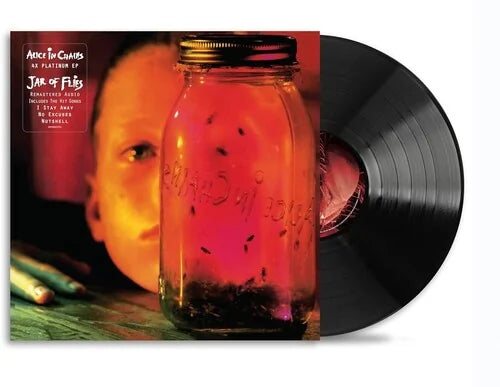
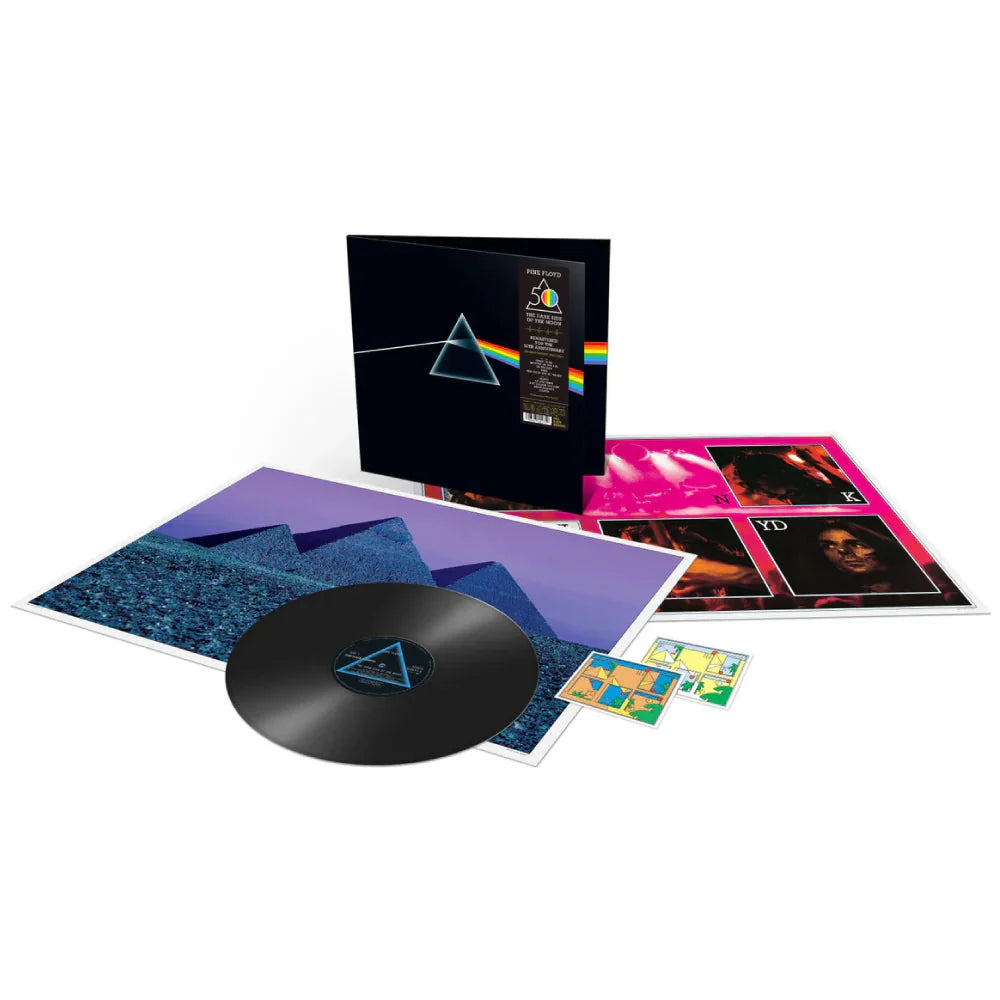
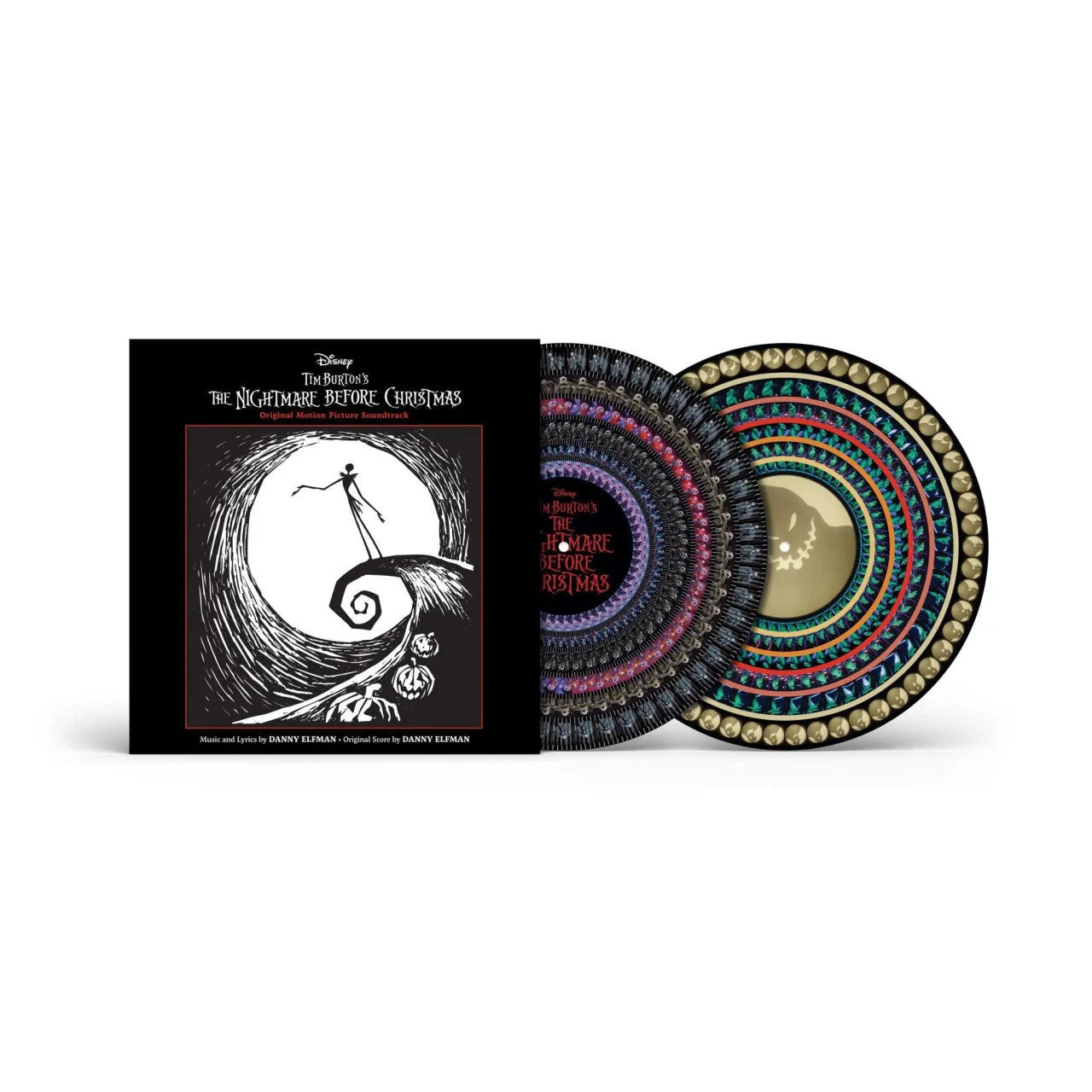
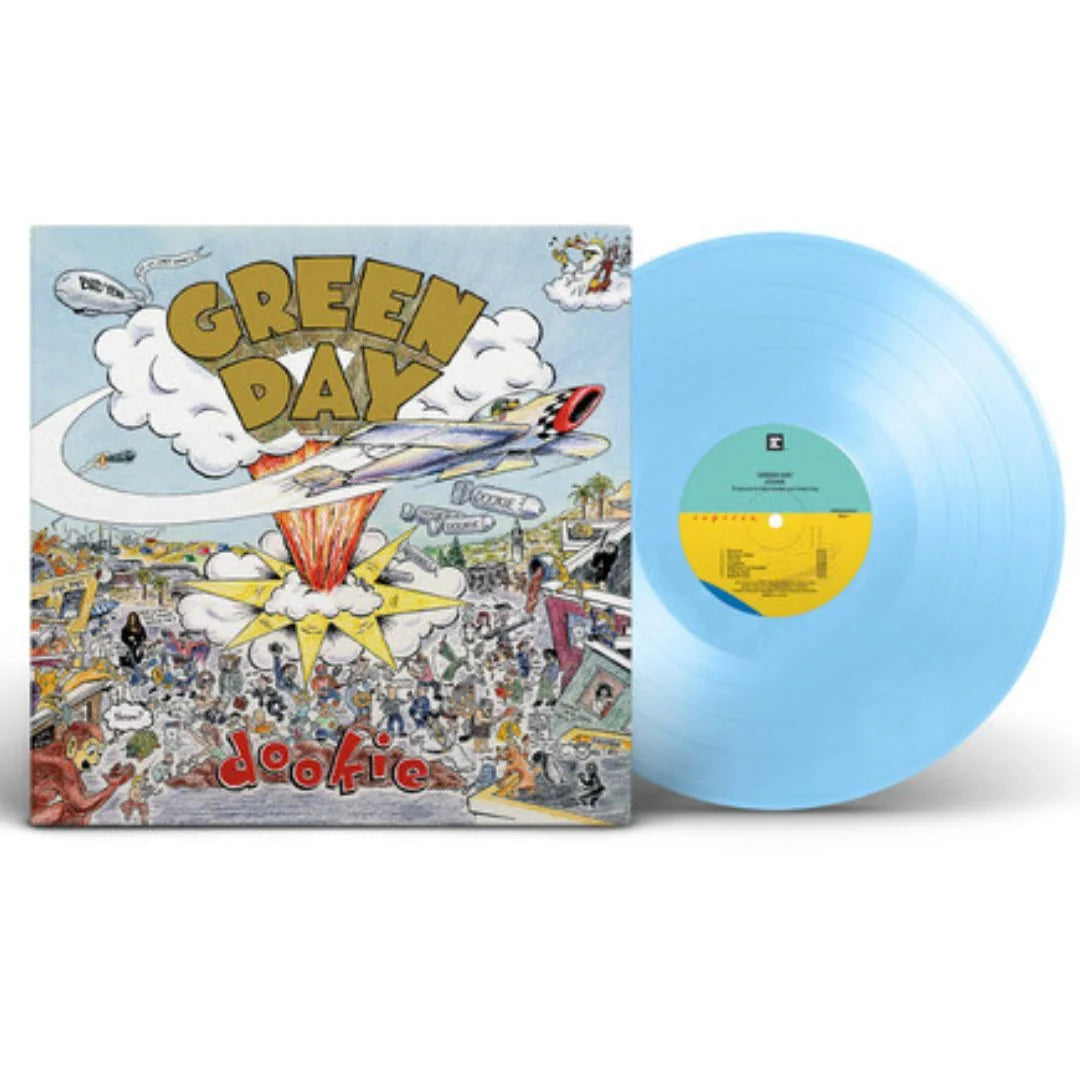
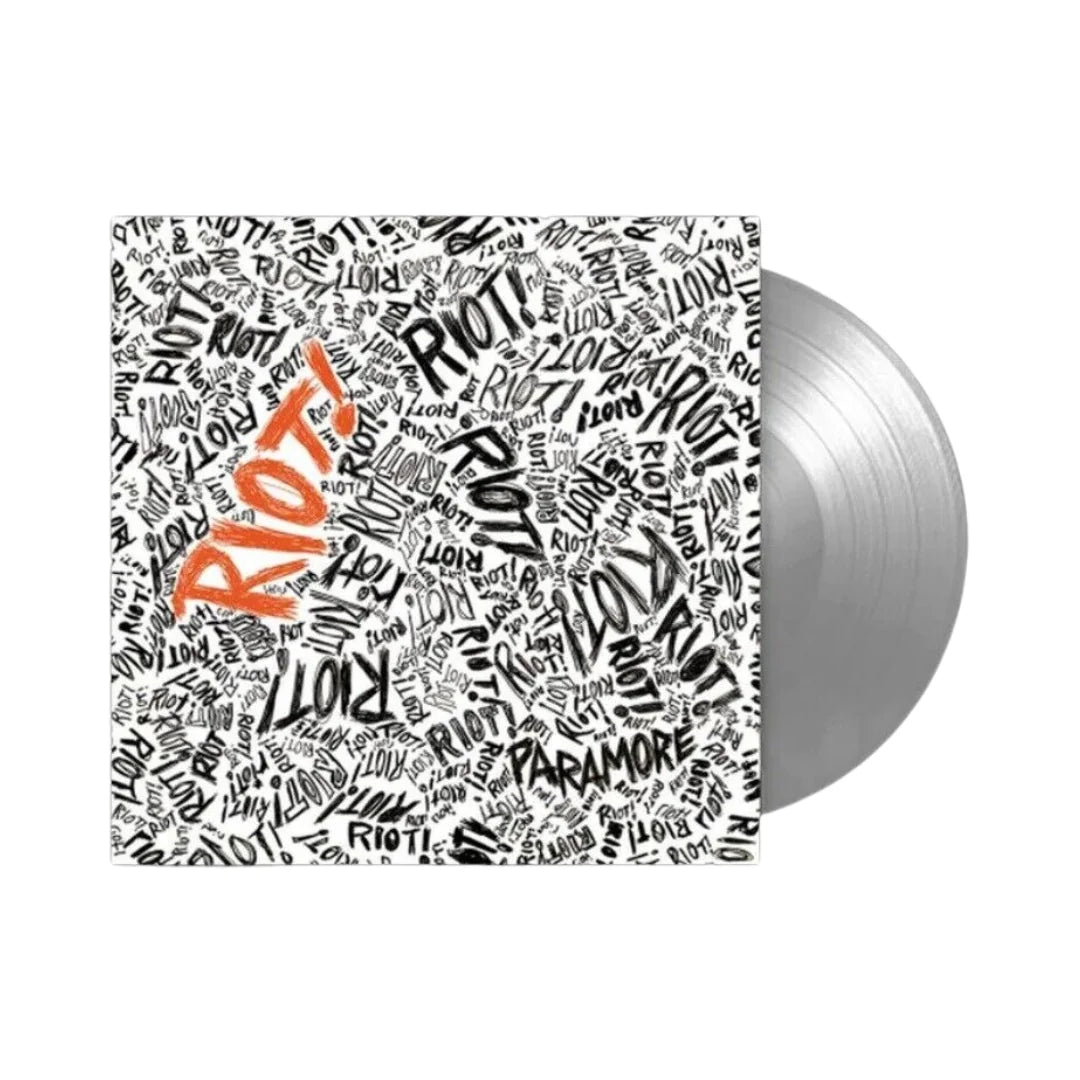
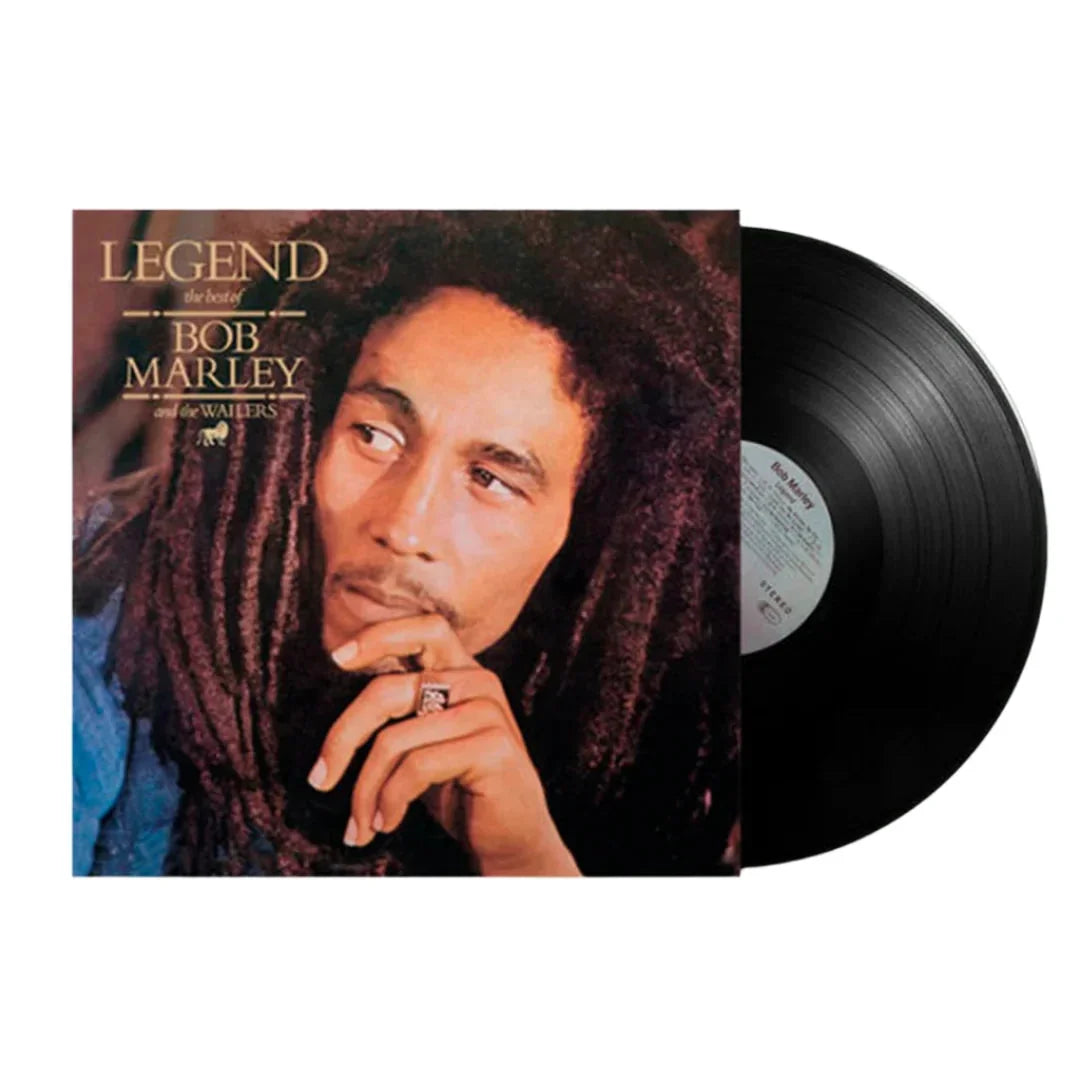
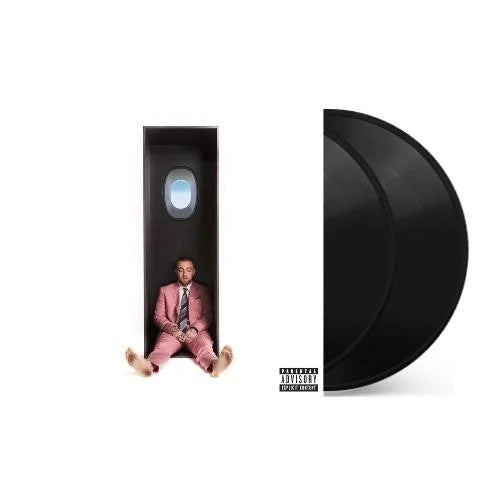
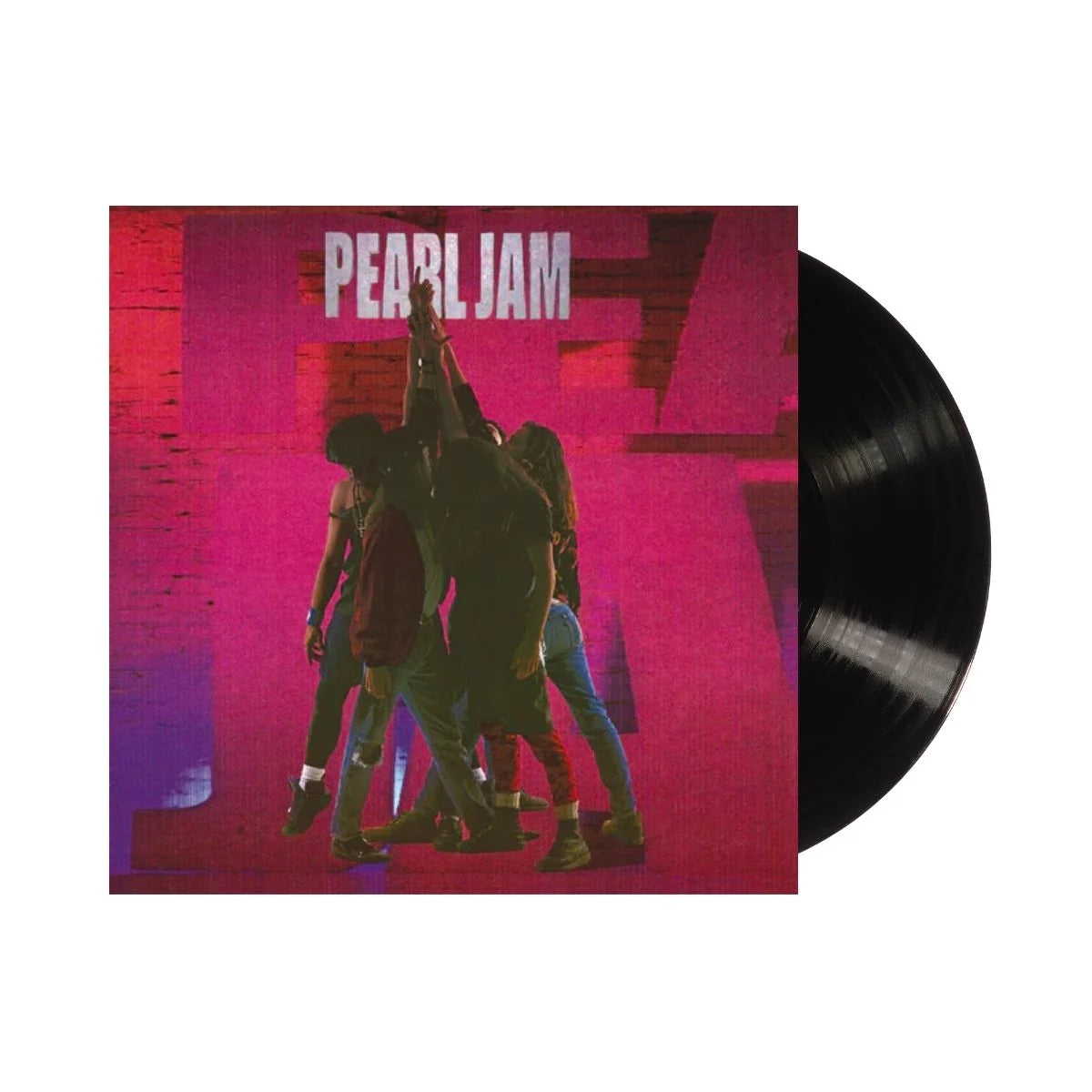
![The Grateful Dead - The Music Never Stopped [6LP Box Set]](http://vinyl.com/cdn/shop/files/The_Grateful_Dead-The_Music_Never_Stopped__6LP_Box_Set.jpg?v=1747729623&width=5760)
![The Grateful Dead - Madison Square Garden, New York, NY 3/9/81 (2023 Rocktober Edition) [5LP Box Set]](http://vinyl.com/cdn/shop/files/4247396-3042523.jpg?v=1758034700&width=5760)
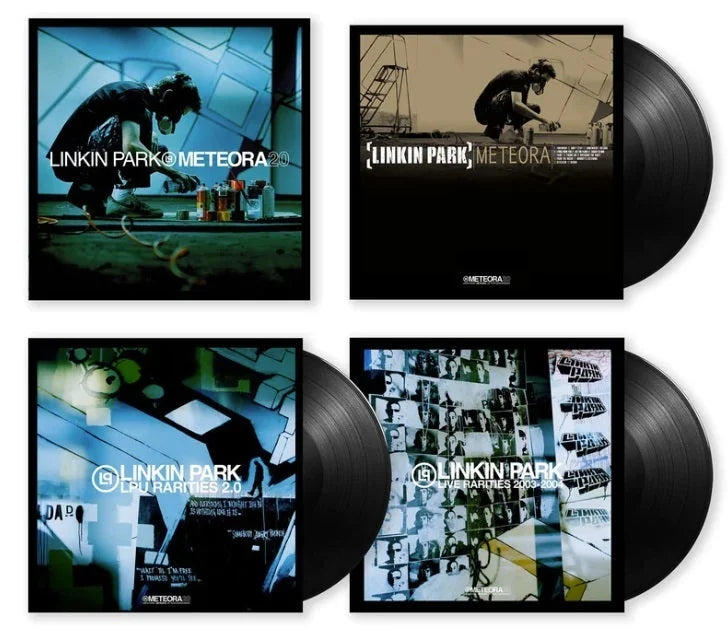
![Sufjan Stevens - Songs For Christmas [5LP Box Set]](http://vinyl.com/cdn/shop/files/3576666.jpg?v=1684195276&width=5760)
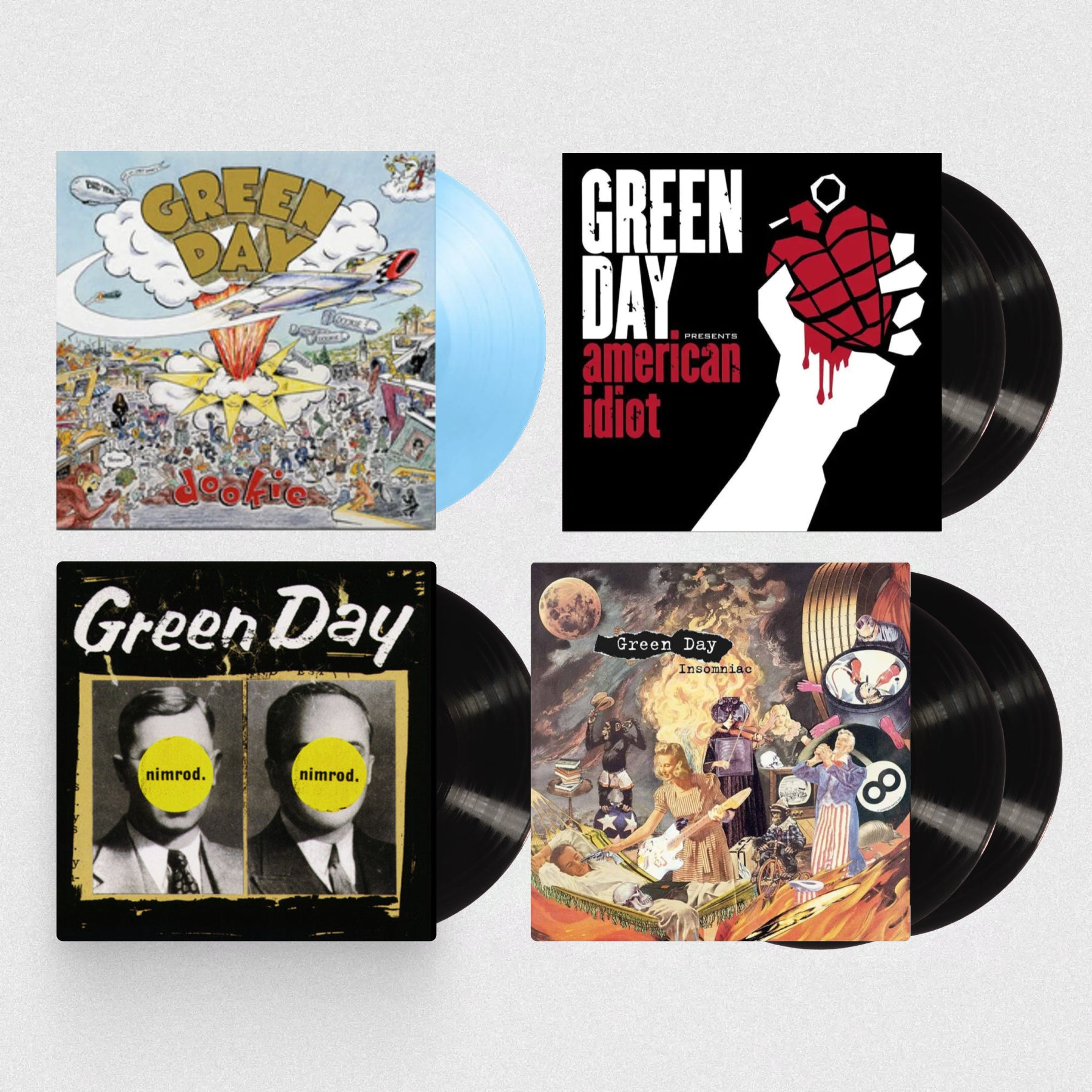
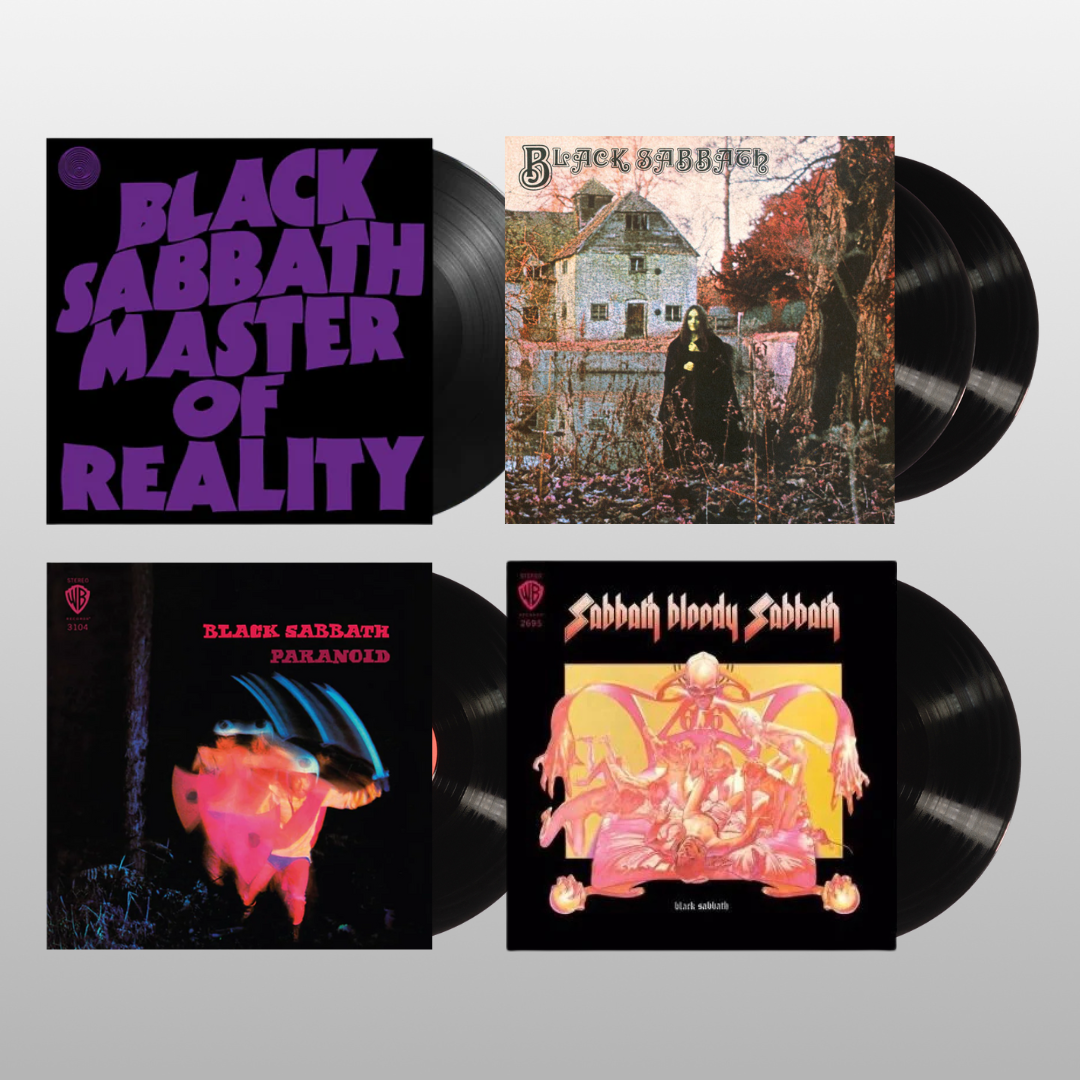

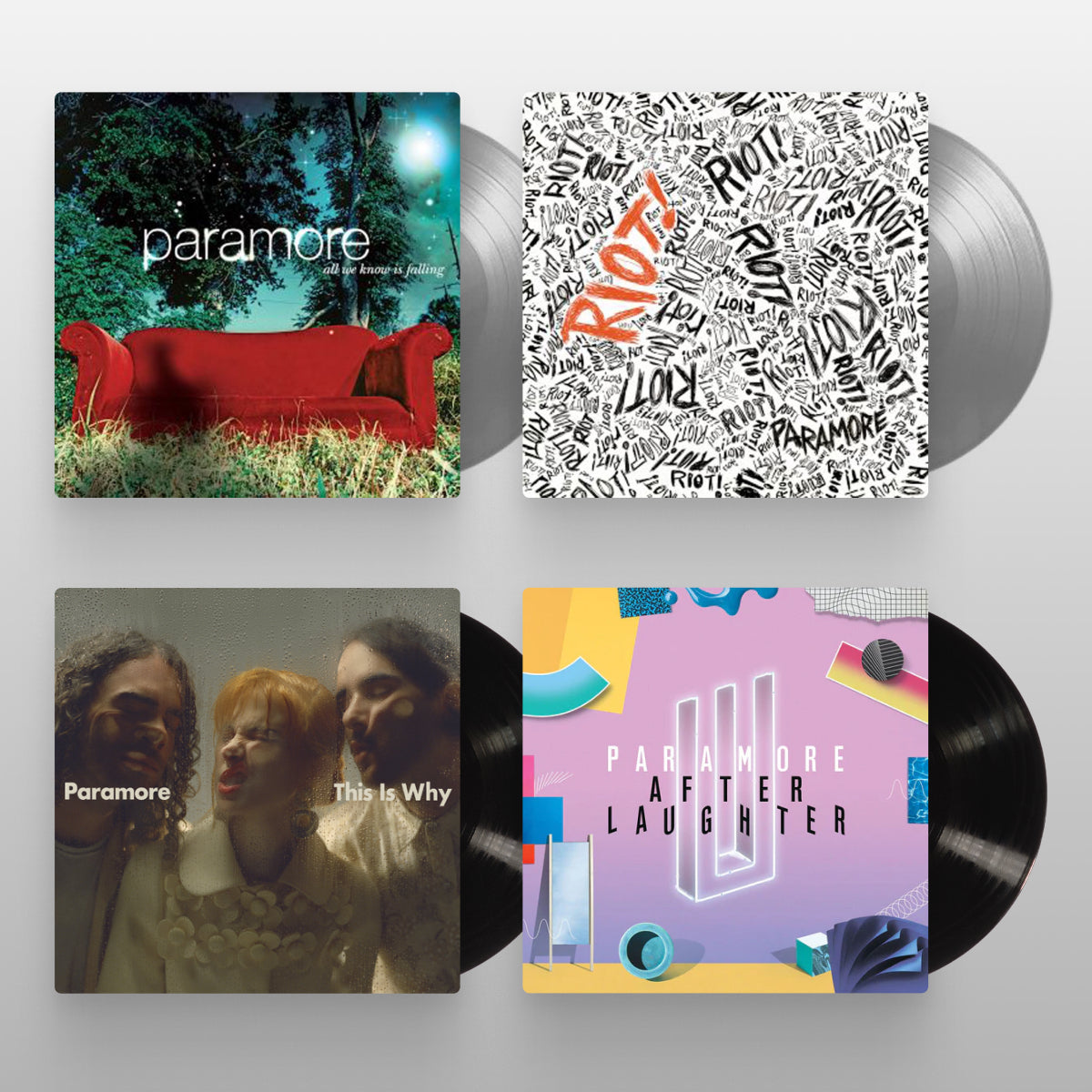
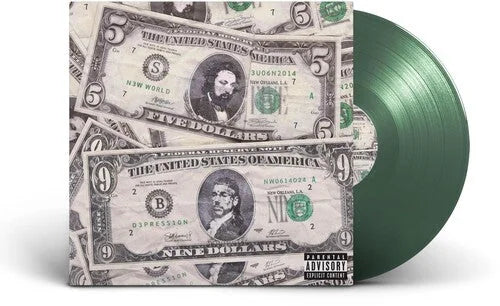
![(hed) p.e. - New And Improved [Pink]](http://vinyl.com/cdn/shop/files/4425252-3389420.jpg?v=1746578880&width=5760)
![1 Locate S - Wicked Jaw [Sky Blue]](http://vinyl.com/cdn/shop/files/4217742-2982879.jpg?v=1693273095&width=5760)
![11/5 - A-1 Yola [2LP Orange Swirl]](http://vinyl.com/cdn/shop/files/3992138-2728122.jpg?v=1684200429&width=5760)
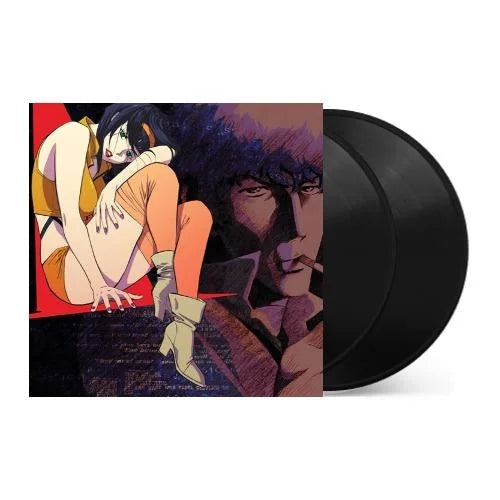
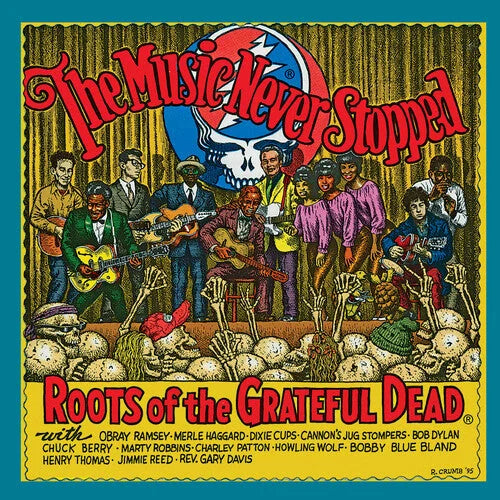


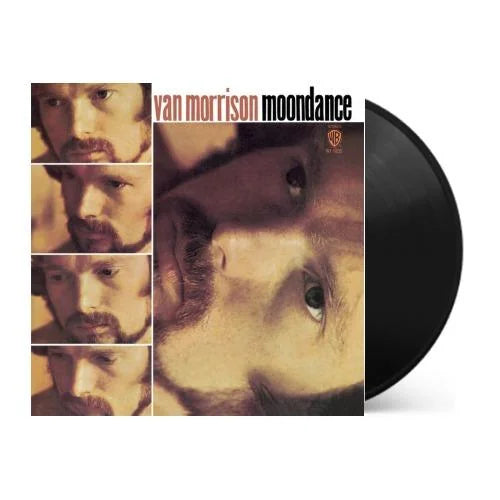
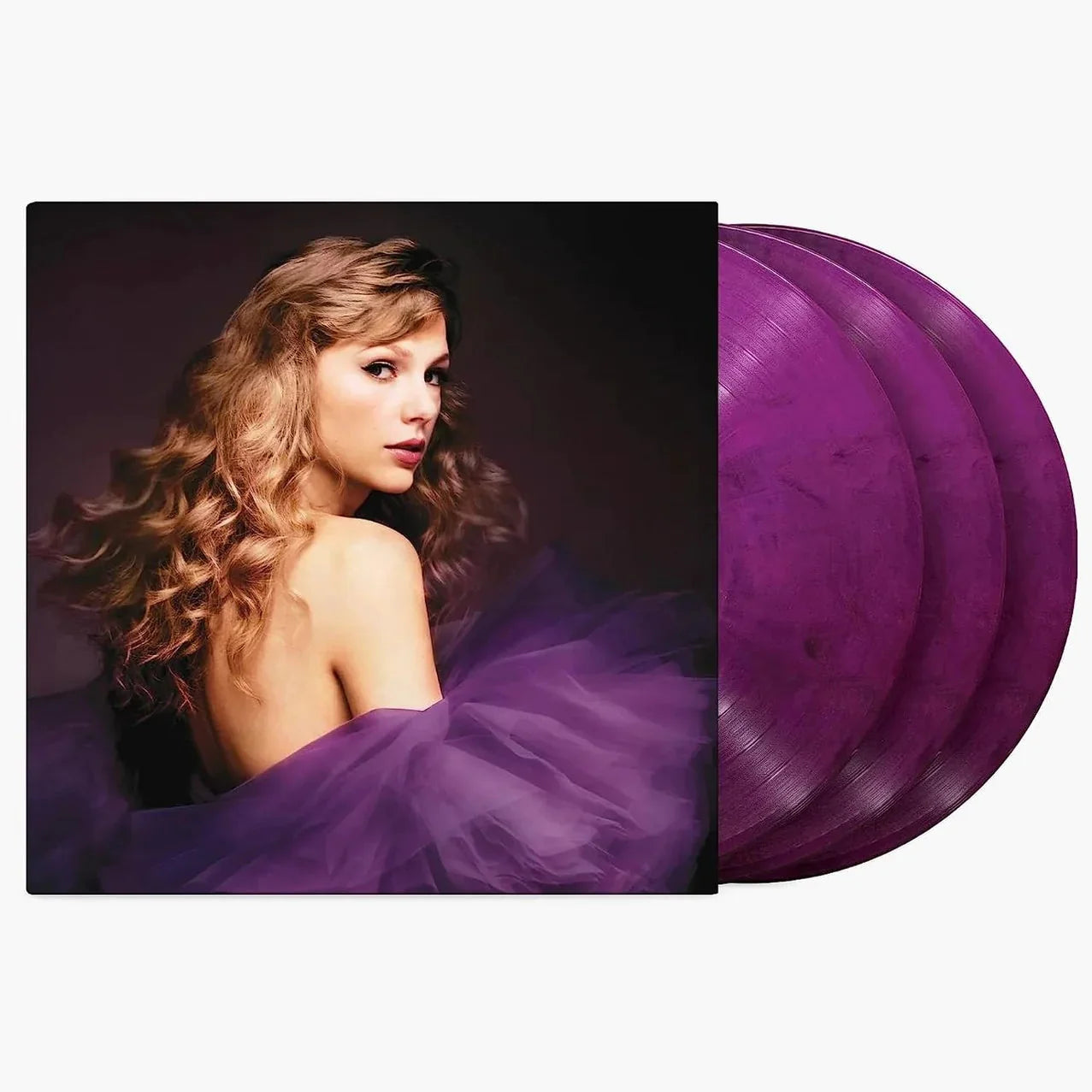
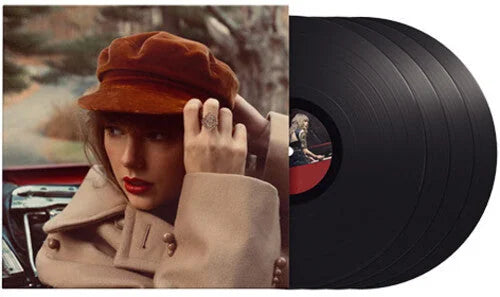
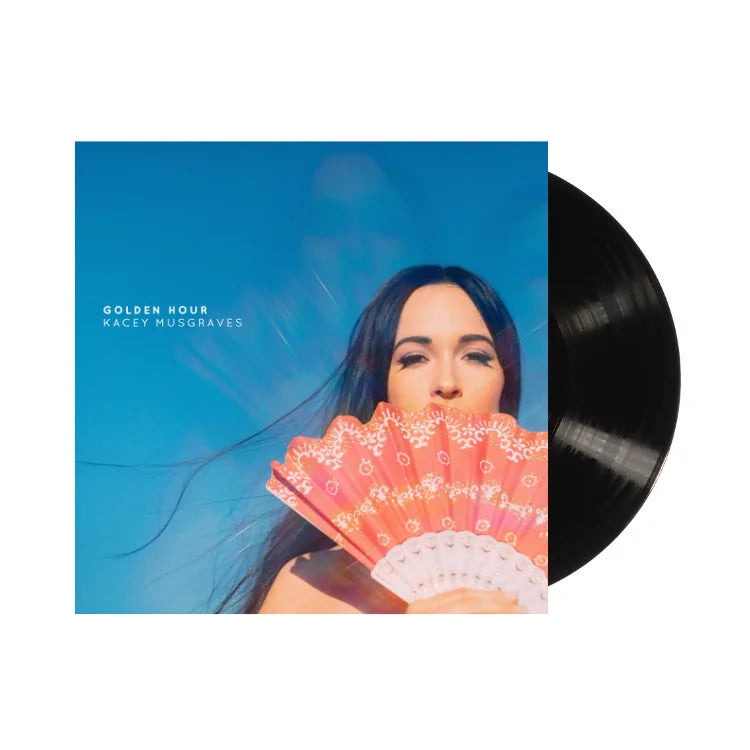
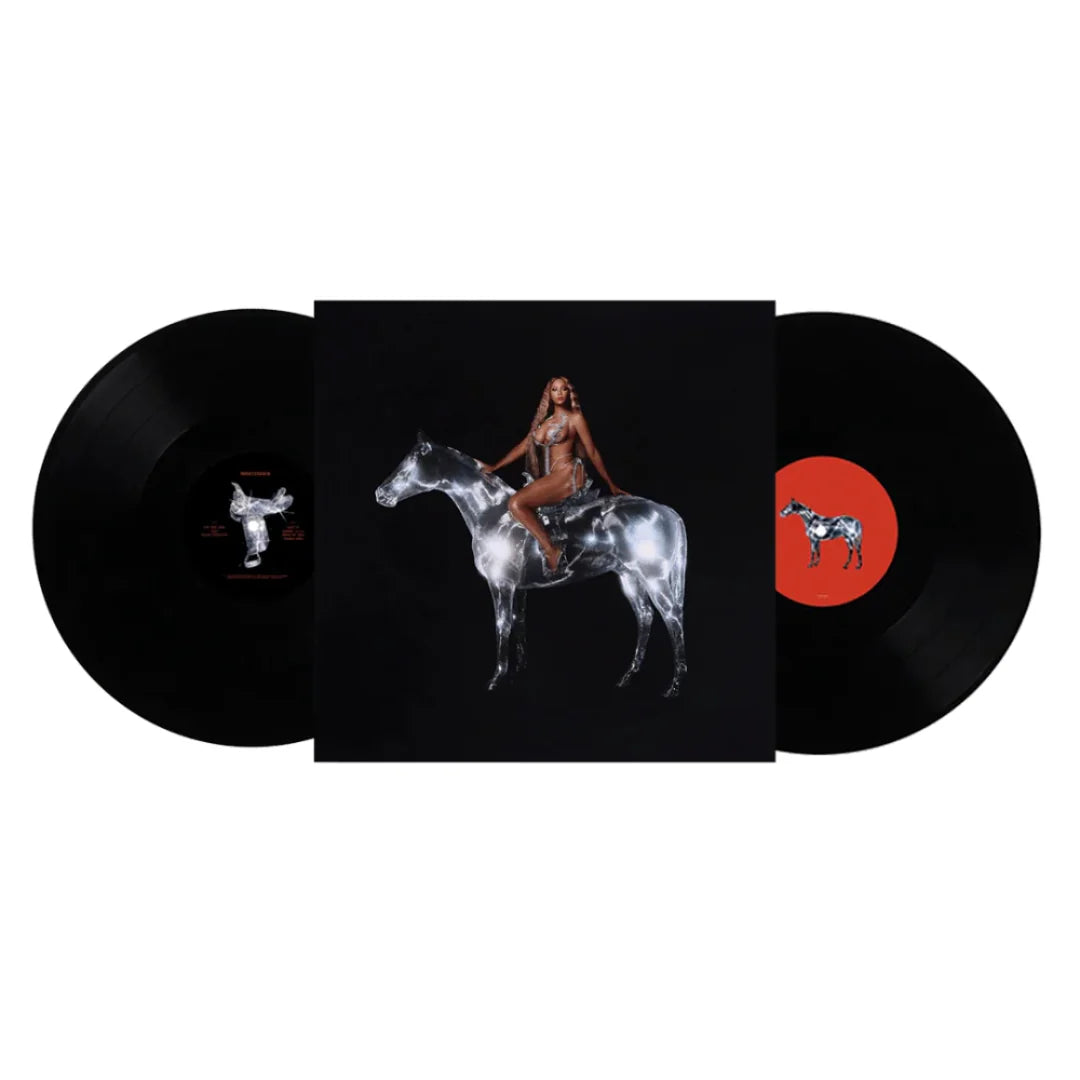
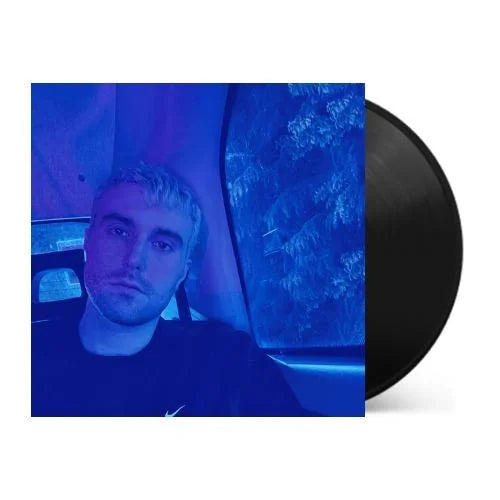
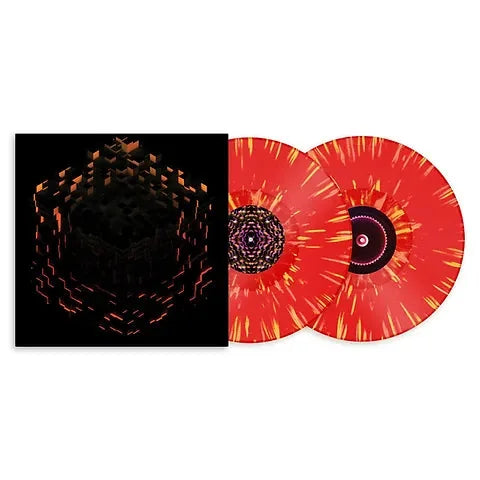
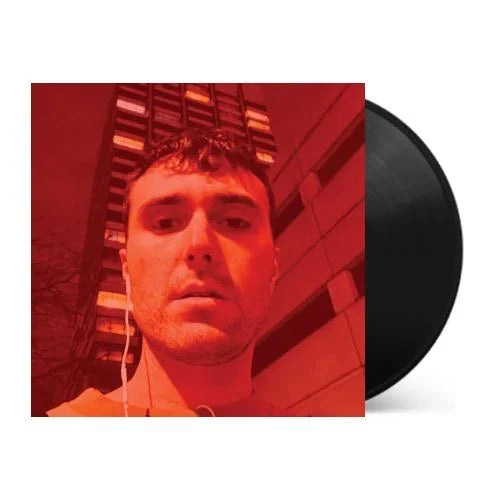
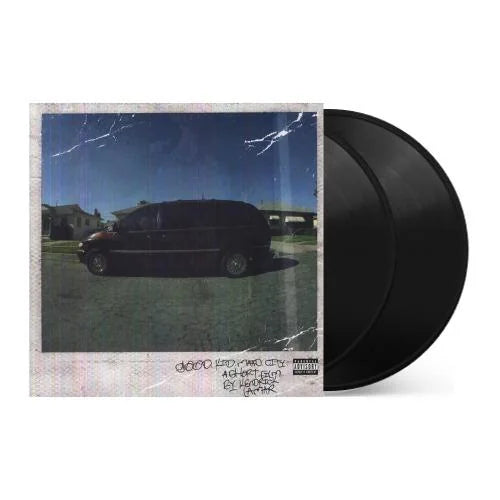
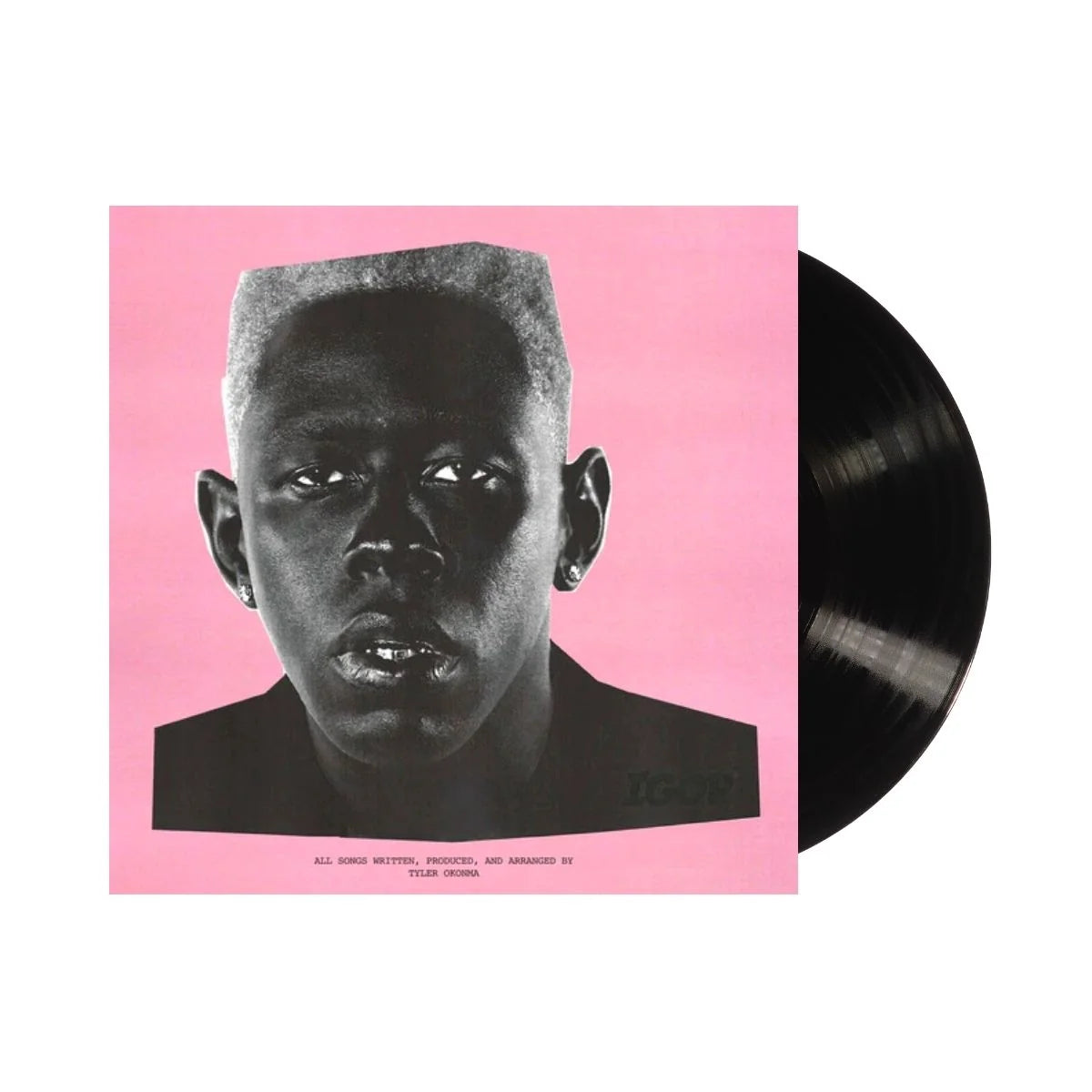
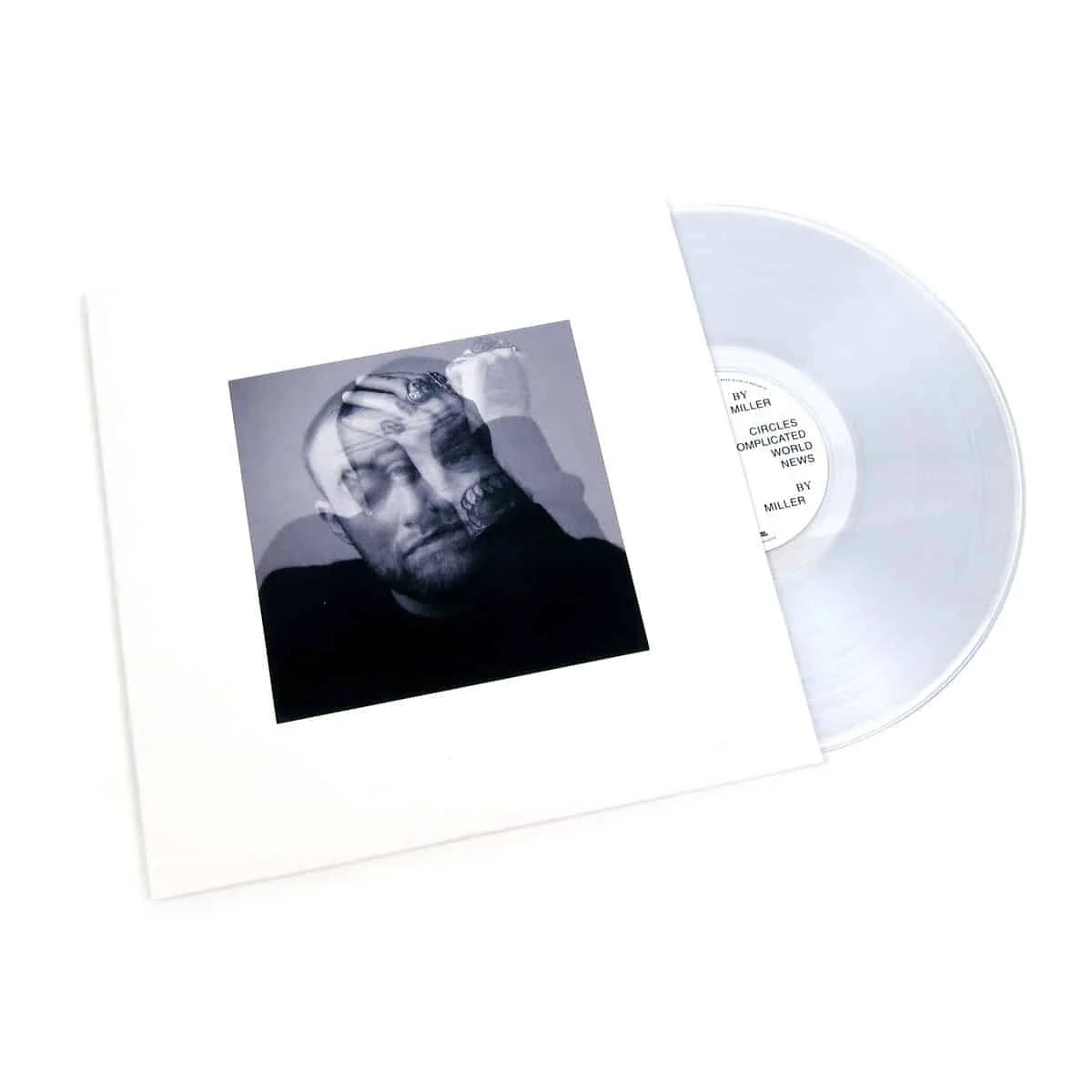
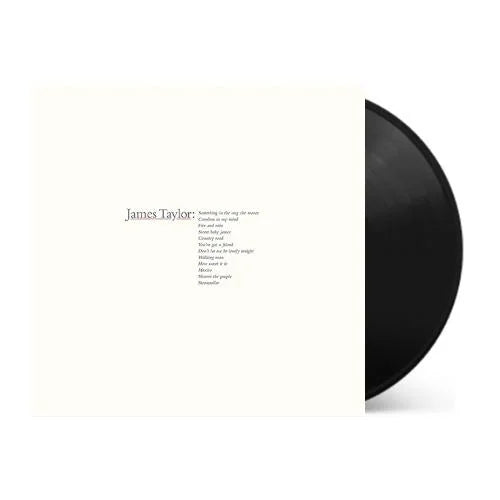

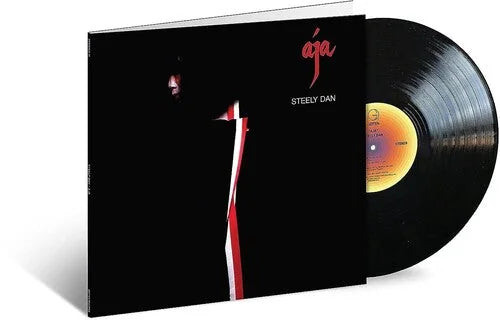
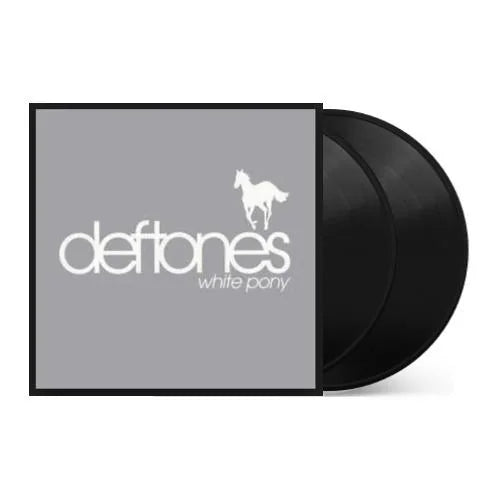
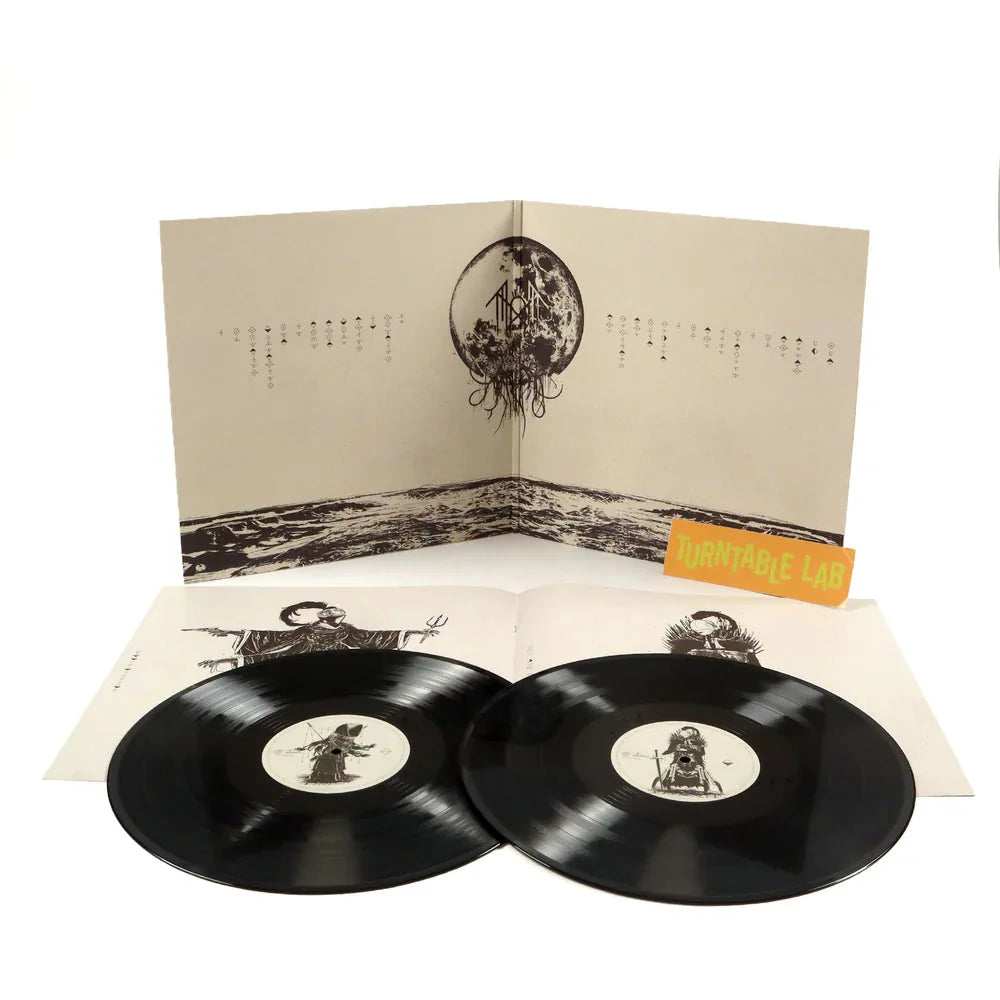
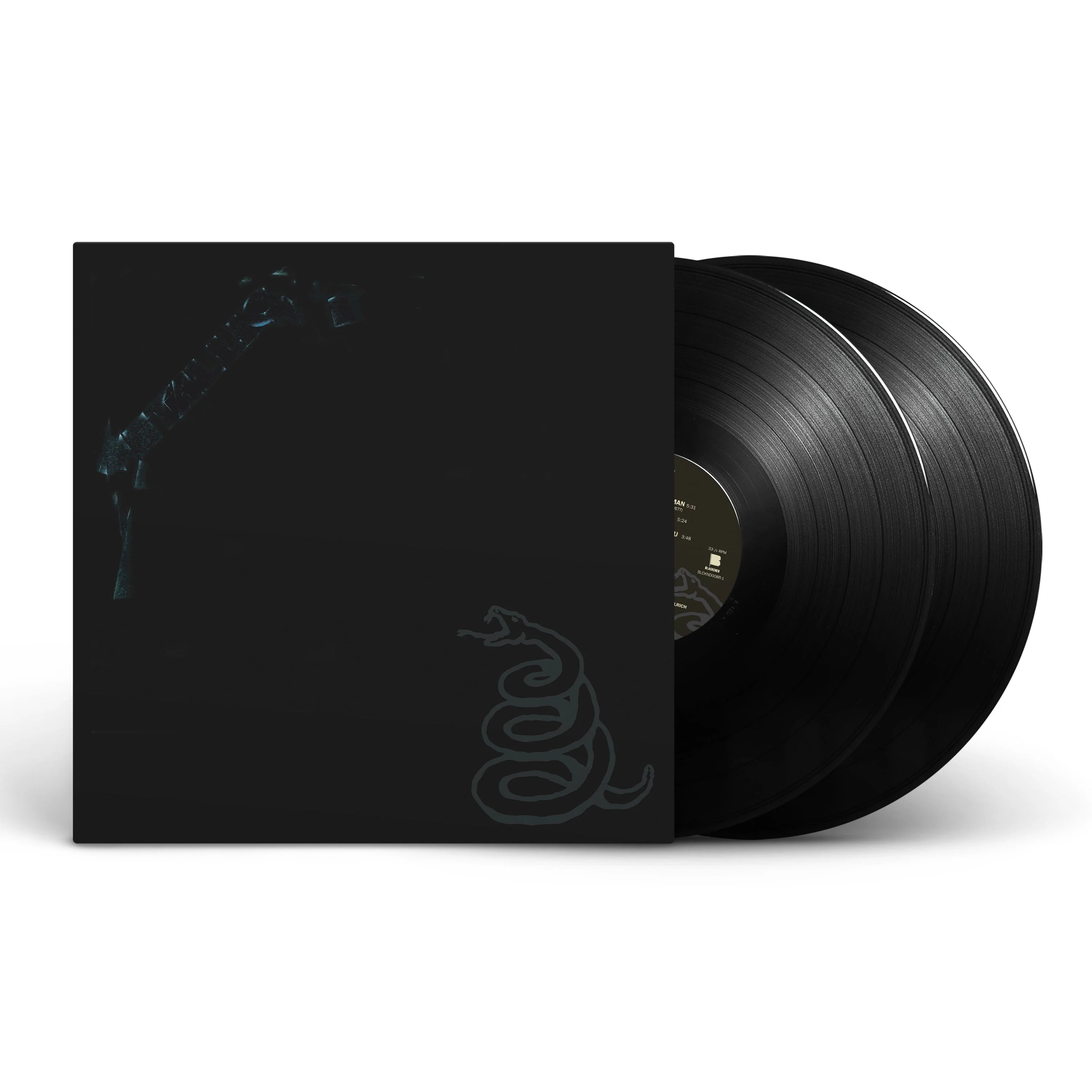
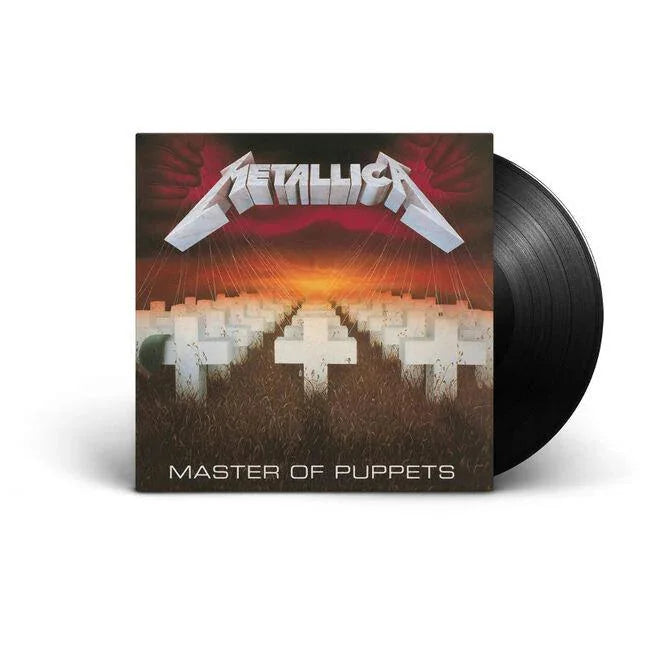
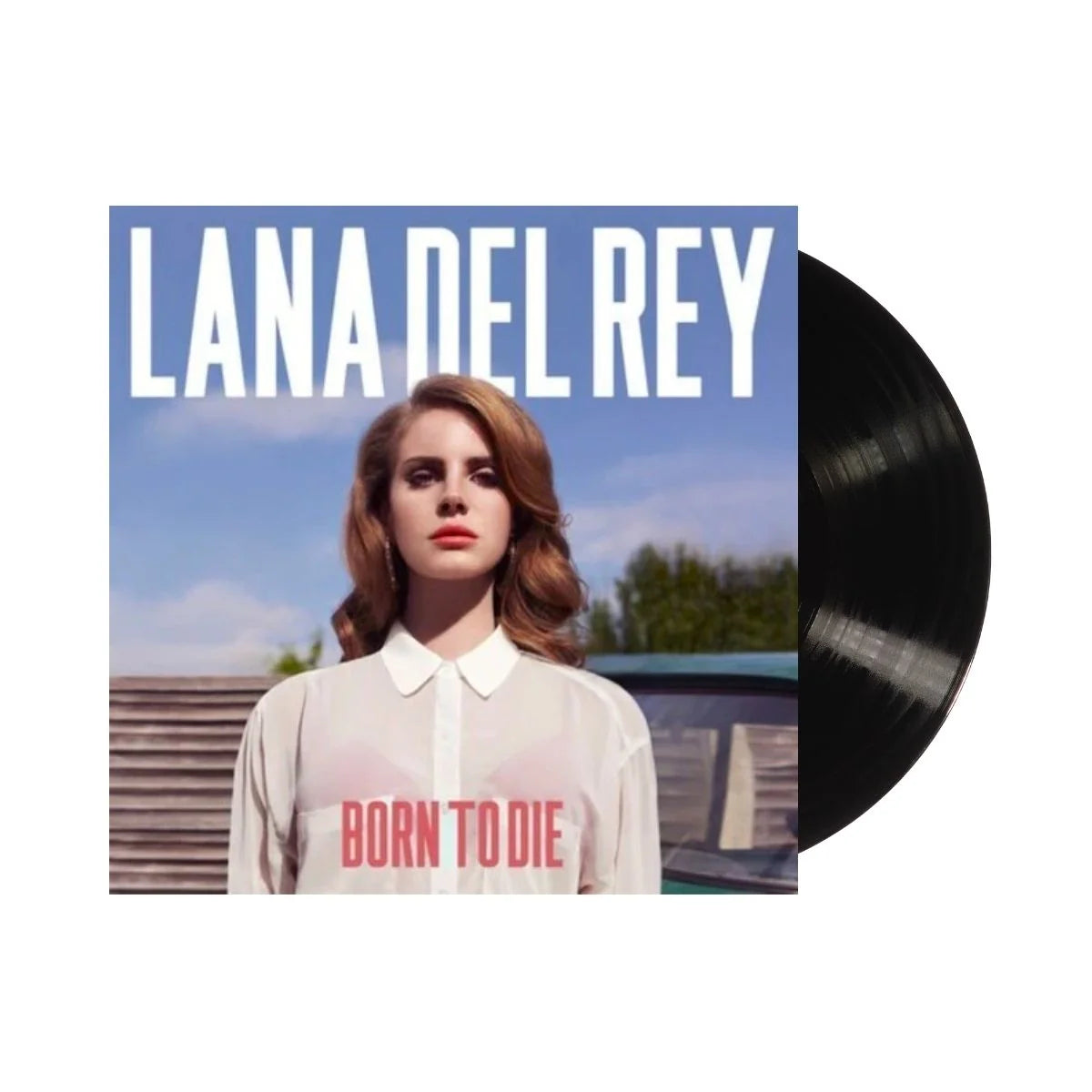

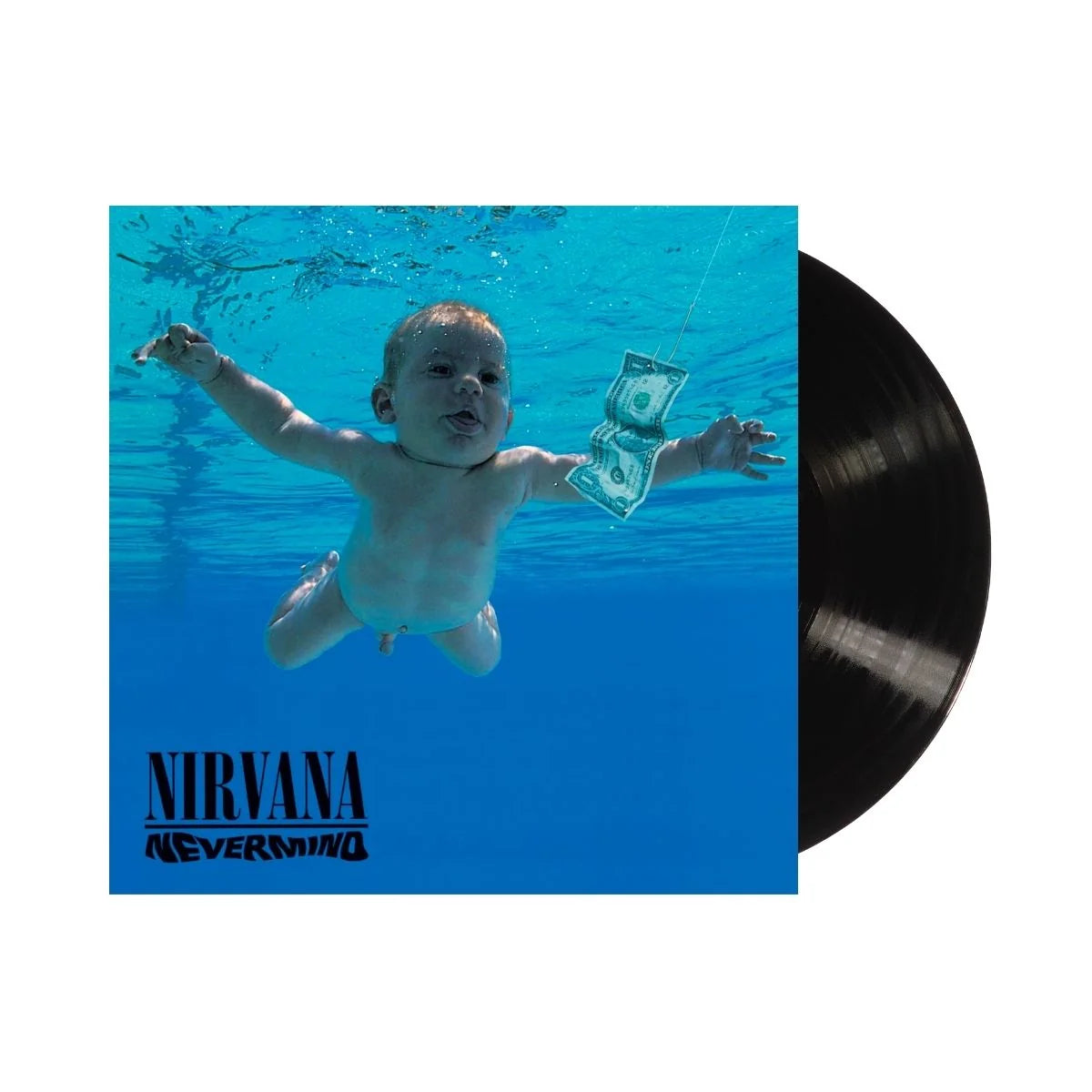
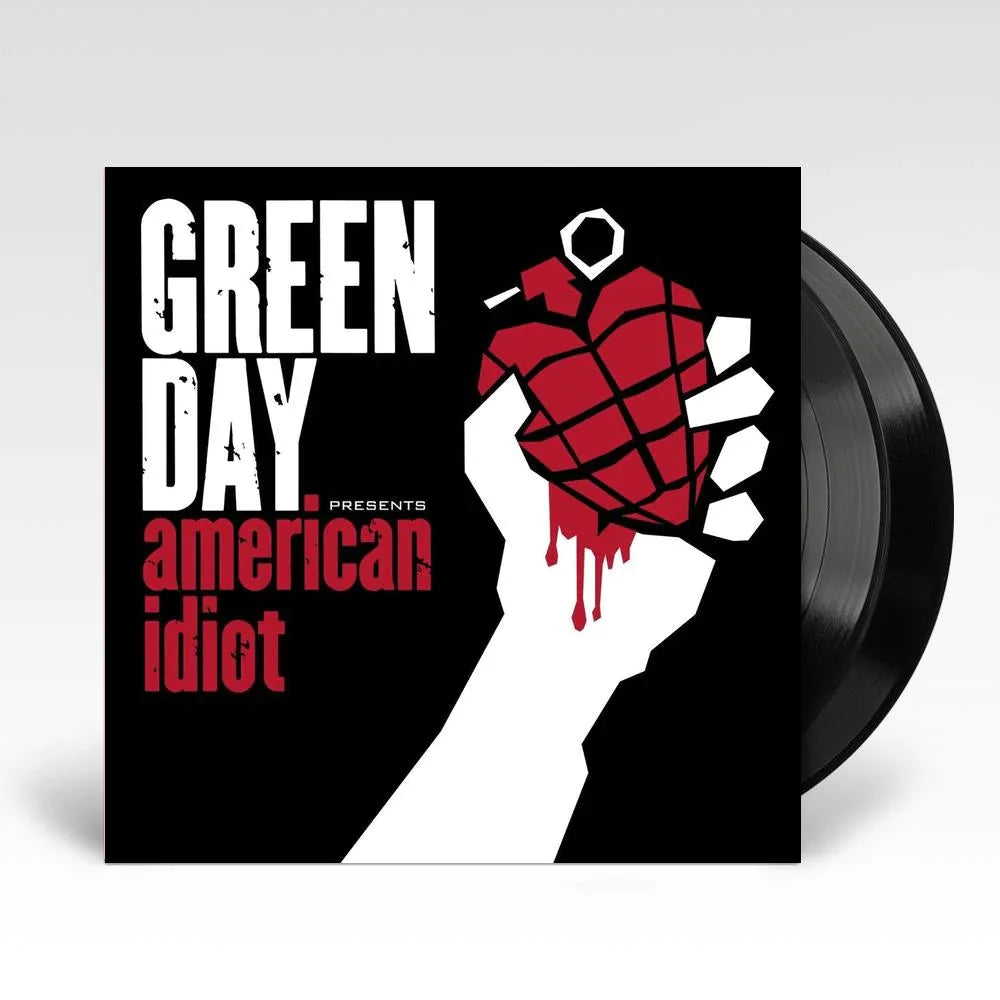
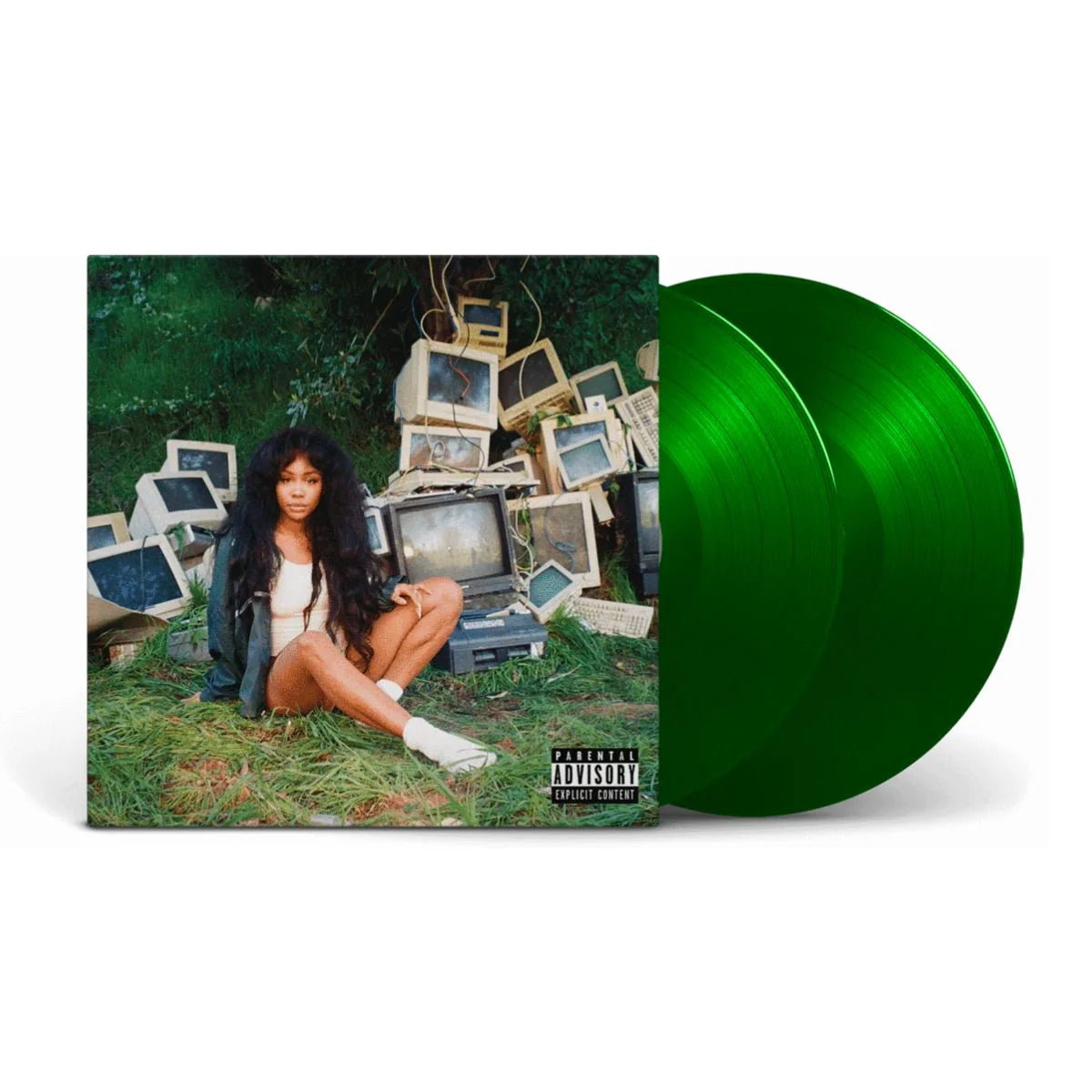
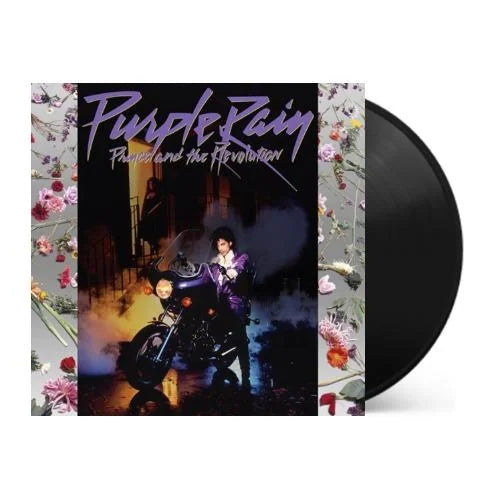
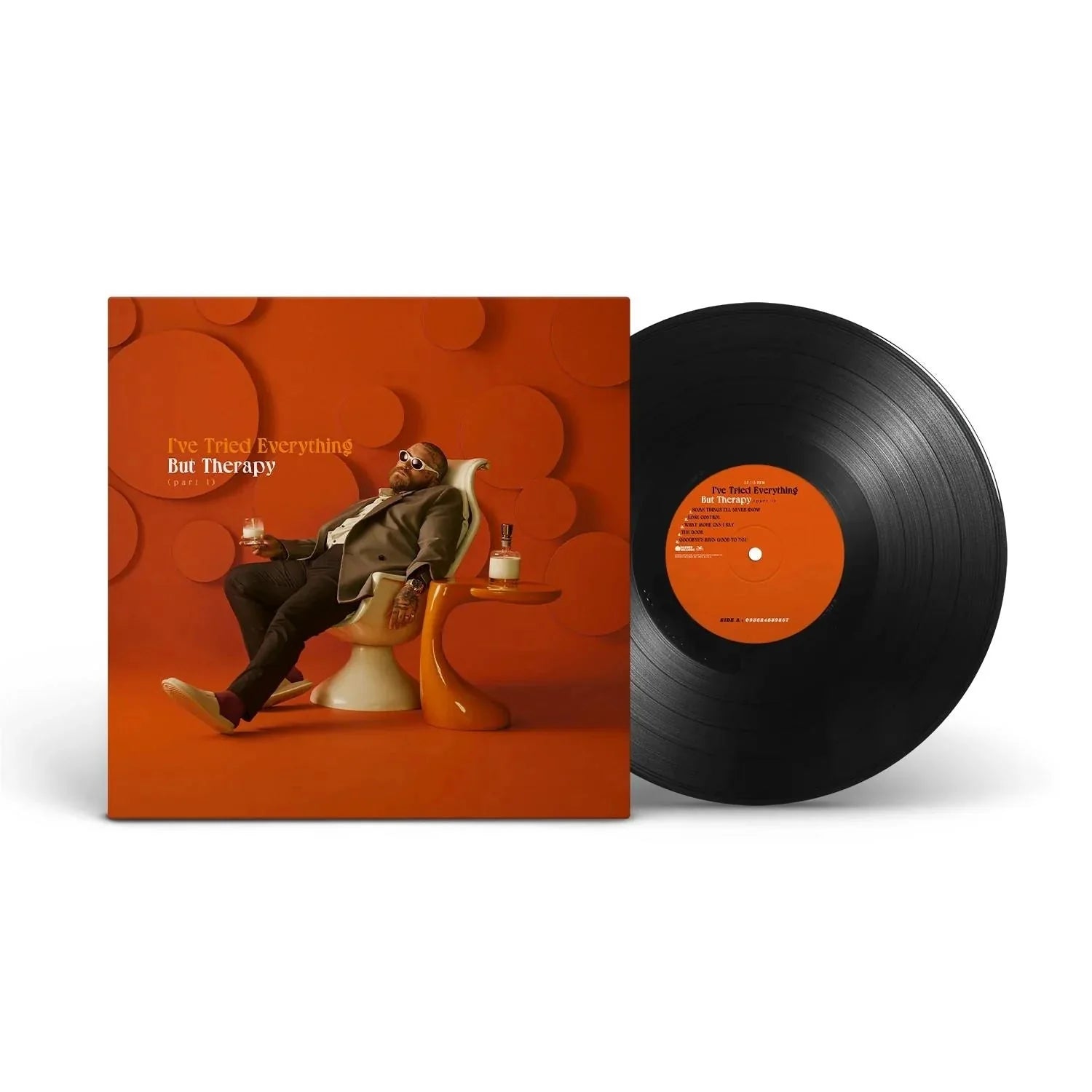

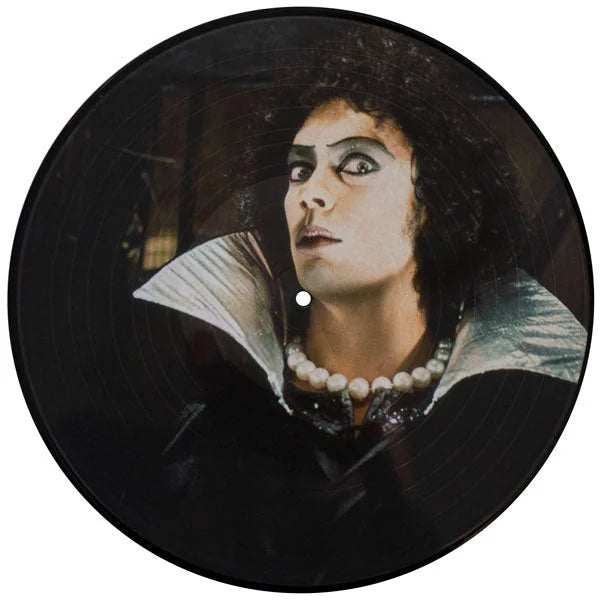
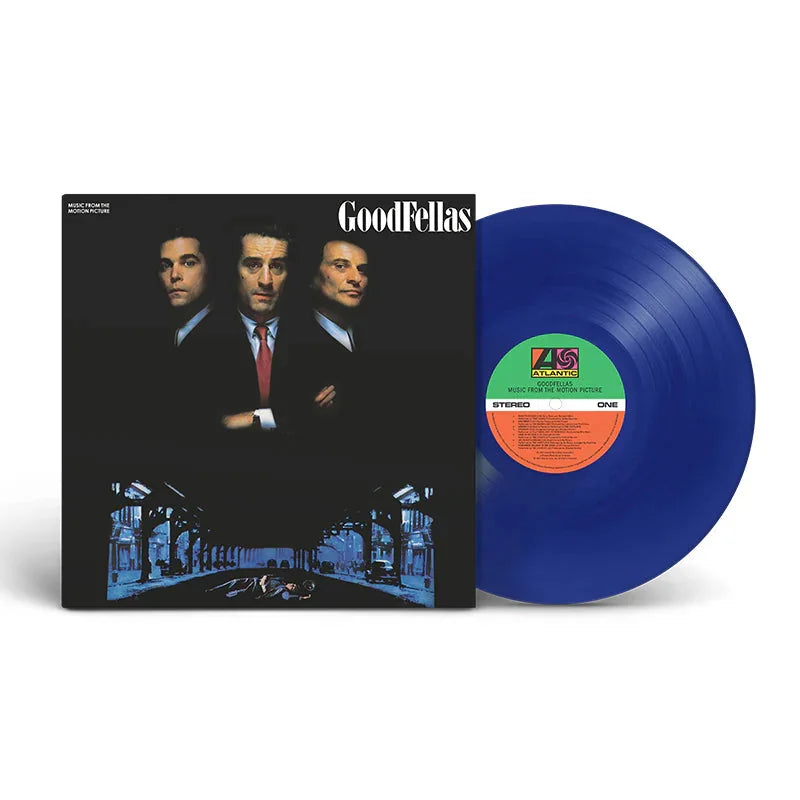
![Transformers: The Movie (Original Soundtrack) [Unicron Marbled 180-Gram]](http://vinyl.com/cdn/shop/files/4417308-3378319.jpg?v=1745982250&width=5760)









